I’ve spent the last 14 months on a work placement with an ecological consultancy which became a full time job for a while. Now I’m back at uni for year but I still do some bits and bobs for the company. I had an excellent time. I’m a compulsive photo taker. Here are some of the photos I took between July 2013 and and yesterday…
Work Placement – Ecological Consultancy
10 top tips for getting the most out of an ecology work placement year
This is based on my experiences on a sandwich year placement at an ecological consultancy. A consultancy I am currently working at full time in the 6 month gap between my placement ending and my final year at uni beginning so my approach worked, for me at least…If you’re about to do a similar placement, or are just interested in a career in ecology, or are going to be doing a totally different placement in another field all together this could be a lot of or at least a little help to you.
This blog assumes you have a placement already. For how to get one, click this.
10 top tips:
1) Say yes to everything
If like me you have never worked in the ecology industry before it will come as some what of a culture shock. The hours, the structure of your day, the people, all totally different. You could be forgiven for finding it intimidating at first and your inner-monologue might start trying to talk you out of agreeing to too much stuff. Especially when it’s confusing stuff described in terminology that’s unfamiliar. Turn your inner-monologue off. Or turn it down so you can hardly hear it. Or systematically ignore it and do the opposite every time you hear it.
Some of the most fun, interesting, valuable and/or rewarding experiences I’ve had have been on jobs that given a few minutes to think of an excuse the voice in my head would have loved to have wriggled out of.
2) Say what you’re thinking
What no one tells you about ecological consultancy work before your first day is that one of the most important skills you need to succeed is the ability to sit in a car with someone for four hours and it not be awkward. Not just car journeys in fact but countless dinners in pubs, service stations, hotels etc. In my old job you could sometimes go all day without speaking to the people sat next to you. You went in at 9am, got your head down and got out at 5pm. Ecology is not like that. You can spend more time in week engaging with the people you work with than the people you live with.
The first time I met my supervisor Sarah was for a brief chat on the stairs where she told me we’d be working together later that week. Later that week I met her for the second time. We drove 4hrs to Cumbria, spent the day doing a Phase 1 survey of some agricultural land, had dinner then went out and did a dusk bat survey followed by a dawn survey. We did some more Phase 1ing then drove back to Buxton. In the 30 hours from us leaving the office to us returning to it we were driving, working or eating together for around 23 hours.
My point here is that I learned quickly that my usual social survival technique of quiet and polite was not appropriate for this environment. It would have been really uncomfortable if I’d sat smiling in silence for the majority of the job. Eventually she probably would have given up trying and I’d have become a somewhat eerie figure lurking silently in the background, smiling politely.
For a long time I’ve lived by the rule that if you wonder whether it’s a good idea to say something, it probably isn’t and you should keep your mouth shut. Well I threw caution to the wind last July and have been merrily blurting out whatever comes into my head and damning the consequences ever since! Every attempt at humour, every movie reference, every “ever notice how…?” and every potentially stupid question, I’ve said them all and it’s been fine. Truth is people would rather listen to just about anything other than an uncomfortable silence and the things that pop into your head are who you are. They might like you for them.
I feel this should come with a small disclaimer however. Try it for a day and see how it works out. If those around you are visibly offended perhaps have a rethink.
3) Ask
A placement is an excellent place to learn. You might never again have a job where you can so openly and cheerfully not know things. So never miss the chance to ask questions. The first time you work with people find out what they specialize in, what they do for fun, what they did at uni, and remember it.
In my ongoing mission to become a passable botanist some of the most significant progress has been made out on jobs pointing at things I don’t recognize and asking what they are. Sometimes those jobs have been habitat surveys, other times they’ve been bat, newt or badger surveys but I happened to know one of the people I was working with was a skilled botanist. In my first week I was on a water vole survey with Helen and Anne. Anne is an excellent botanist and by the time we’d walked from the car to the ravine I knew what Woody Nightshade looked like, and tufted vetch, and how to tell the difference between Phragmites and Phalaris.
I also remember learning that day how badass ecologists are. When we arrived at the ravine I took one look at it and assumed that we wouldn’t be going in. It was covered in brambles, full of silt and swarming with horseflies. The sun was baking down, it looked like hell in there, probably full of shopping trolleys, disguarded weapons and dead bodies I thought. I turned around and Anne and Helen were already climbing in.
4) Know your place and embrace it
An important thing to get your head around from the start is where you fit into the company. If you’ve spent the last couple of years studying and anticipating a placement, then trying to and successfully getting a placement, then the placement will feel like a pretty big deal to you. It’s less of a big deal to the people you’ll be working with. The fact that a new placement student is due to start, or has just started at the company will be one piece of information among many they have received that week and if you start as I did in July then they’ll already be in the middle of survey season and really busy.
My approach was to embrace my position as lowest rank and set about making myself indispensable in any way I could. During survey season I did this by saying yes to every offer of work going. Bat survey? Yes please. Water sample collection? Righty-ho. Data entry? No problem. I figured what I lacked in experience I could compensate for in other ways. Personally I wanted to contribute as much as I could. I anticipated getting a lot out of my placement year but I think it’s important that you don’t see it purely as resource to be plundered. Ecology is a small world, you’re making friends and contacts as well as gaining skills.
In the winter months when there was less work I approached Josanne and Heather, two of the secretarial staff and asked them to teach me how to archive old files. There is always archiving to be done. I photocopied and scanned, I changed light-bulbs, swept up the leaves from the car park…no job to big or small for the work placement guy I told people (literally, in an email with this picture attached).
My thinking was that I didn’t want to be idle. The sight of me sat twiddling my thumbs was not the image I wished to project to my colleagues. It’s the kind of thing that makes people feel uncomfortable or worse feel sorry for you. By keeping busy and throwing myself into every job, big or small with the same level of enthusiasm I had a better time and became more accepted as one of the team. When survey season came around again this paid off with more work and more responsibility coming my way. I even got to be lead ecologist on a couple of projects after appropriate training. So mucking in doesn’t get you labelled as car park sweeper, more as a hard working team player, and that’s how you get the good jobs. As it happens sweeping the leaves up in car park was alright. A crisp November morning, headphones in, broom out. Those leaves didn’t stand a chance.
5) Stay positive
I invented a game this year. It’s called ‘Stay Positive for the Whole of Newt Season’. No one enjoys newt work more than me, but even my apparently limitless enthusiasm can be tested by a combination of bramble-rage, mosquito attack, barbed wire snaggery and pond fatigue. Happy to say I am the current reigning champion of Stay Positive for the Whole of Newt Season.
Consultancy work is great but it is tough too. It’s physically and psychologically challenging, especially if you’re used to a 9 to 5 office job like me, or you’re new to the world of full time work.
The hours are really weird. Sometimes you are up late, then in bed for just a few hours in a hotel somewhere before getting up at some peculiar hour to go and do a bat survey in the dark. The next day you feel jet lagged and bumbley.
Other times you’re wearing waders, trying to move around in a pond that smells weird and has mud on the bottom so you keep nearly falling in. Sometimes you do fall in and the weird smelling water goes in your waders and you realise you didn’t bring a spare pair of socks and have hours to go yet. Then later someone walks in on you in the pub toilet trying to dry the trousers you’re wearing with a wall mounted hand dryer…
Stay positive. This is still 100 times better than working in a call centre. Trust me, I’ve worked in a few. I’ll take a horse fly in the ear and pond water in my pants over another minute in sales or customer services any day!
A bat survey can be just a tree and no sleep if you let it, but it doesn’t have to be. Enjoy the absurdity of some of the situations you find yourself in: Moody derelict buildings; isolated meadows and ponds; wind farms; former industrial sites turned over grown brown field sites; empty city streets at dawn…
…Relish in the fact that you have a tan and your friends don’t because you’ve been outside for every nice day of the year so far. Notice the wildlife extras you get, like the hedgehog that bumbles past you on a bat survey, or the fox cub that poos on Kelly’s weather writer. Or the buzzard that dive bombs you when you get too close to her nest, and the countless toads that turn up apparently just amuse you.
Also, no one likes a misery guts. Sugar helps. Skittles are my personal choice of emergency survey pick-me-up.
6) Have an ecology bucket list
If you want to see an otter, tell people. If you want to see every species of Speedwell in the UK, tell them that too. Whatever your thing is, talk about it. It might not happen straight away but if people know you really want to do a thing then if it comes up they might just think of you. For me it was reptiles. I hadn’t seen any British reptiles a year ago. So I put it top of my list of things to do and set about emailing various people trying to see if I could get a look at an adder on their nature reserve, with no joy for ages…
But thanks to a couple of excellent reptile survey jobs I managed to be part of I’ve now not only seen adders but caught one and translocated it, an amazing experience. Not just adders either but dozens of common lizards. Grass snakes are next on the list. No luck yet but everyone knows I want to get pooed on by a grass snake so it’s only a matter of time.
7) Make notes
Sounds obvious but have a note pad on you all the time. You’ll be surrounded by people who’re really good at IDing things. When they do, ask them how they did it and when they tell you write it down. Keep your note pads and keep another note of what’s in what pad. This is a good way of wringing every bit of value out of the placement. If your experience is like mine you may be pretty skint for some of the time but if you’re gaining experience and knowledge that gets you a job one day that has a value of its own and not taking advantage of it is a waste.
Also, keep a note of all the jobs you assist on, and keep a log of all the bat experience you gain. This will be useful for future job/licence applications.
8) Make contacts
If you don’t have a LinkedIn profile, set one up and add your new work colleagues to it. Do the same for any other professionals you meet while you’re on your placement. Same goes for Twitter but remember if you’re using it for anything other than ecology stuff your colleagues will see what you tweet! This way after you finish your placement and lose your work email address you wont lose touch with the people you’ve spent a year working with.
9) Repetition is good
Don’t be in a rush to try everything. Variety is good but one of the most valuable things you can gain from a sandwich year is repetition. It’s what makes you good at a thing and what means that when you put it on your CV and get asked about it in an interview one day you will talk confidently about and be able to demonstrate. Click here for more on this.
10) Work towards a licence & write reports
OK this is technically two tips in one but it keeps the list at 10 and I’m funny like that…
A class bat and/or newt licence will make you more employable. Graduating with one or both of those will put you ahead of many other graduates and a year at a consultancy is the perfect place to do it.
If you’re reading this before you start your placement, it’d be a good idea if you haven’t already to join your local bat group and local ARG (Amphibian & Reptile) group. Experience with them will give you a good foundation to build on during your sandwich year. If you don’t have time to do that before your placement starts then start while you’re on the placement with the aim to continuing to work on it after you leave.
Tell your employers and colleagues that you’re interested in working towards your licenses. This will mean they know to train you up while you’re on the job.
Something I only discovered recently as I happen to know some people who have had interviews at consultancies, is that at such interviews they may ask to see an example of a report you have contributed to. One person described it to me as being “the difference between an ecologist and a consultant”. I had thought we were all just consultant ecologists but now I think about it it makes sense. Being good at field work is really important, perhaps the most important thing, but if you can write a report too, there’s a reason for them to employ you between the surveys.
So knowing that I have recently produced my first ecological report on a project I worked on with Kelly. I emailed my first draft over to her and she returned it with a road map of tracked changes on and told me not to freak out at how much she had changed. Far from freaking out I congratulated myself on figuring out I needed to learn to do this while I still had access to people who would teach me for free!
– – – – –
Inevitably every placement will be different. Even future placements at the company I worked at will probably be nothing like mine. Personally I have found it very rewarding. I’ve gained not only skills and experience with which to compete with other professionals when I graduate but perspective too over the industry I’m attempting to break in to. I know what’s good about it and I know what’s tough about it and I still want to do it.
Placements might not pay very well or at all, but the above tips have helped me capitalize on every opportunity and benefit from every bit of value I can. I hope you have found this useful and wish you the best of luck with yours.
Newt Season
My first newt season to be precise. I’d been looking forward to it…
I had completed the Cheshire Active Naturalists (CAN) course the previous year which taught me Great Crested Newt (GCN) surveying and ID skills (which included ID training in all British amphibian species), and counts as one of the two references I would need in order to apply for a GCN surveying licence one day. But I hadn’t managed to get involved with any newt work before the season ended and my work placement year at an ecological consultancy began in July. I knew there would be newt work come the new season. There’s always lots of newt work said the ecologists.
Newt work has an element of mystery to it. It’s like the breakfast cereal in the advert that the dad tells his kid they wouldn’t like. Ask a newt worker what newt work is like and they’ll tell you the hours are antisocial and the ponds are smelly. There often aren’t any newts at all and you get bitten by mosquitoes they say. And the terrain is annoying to walk on, and you might fall in a pond and…oh and weil’s disease! You might get weil’s disease which in the most severe cases includes symptoms of nausea, vomiting, inability to control physical movements and uncharacteristic violent behavior. Newt work can literally turn you into a vomiting zombie bog creature.
So as I say I’d been looking forward to my first newt season because newts are cool and the worse you tell me something is the more curious I get about trying it. There are two types of people in this world. Ones to who if you say “Try this it’s disgusting” will try it and ones who wont.
When you actually go out and do newt work you discover that there are pleasures to it which compensate for all of the above and that those same newt workers who extolled its negatives actually rather like it while they’re doing it. I got my first taste of this on a job in Cheshire where Tom, Damien and I assisted Rebecca in several visits to a scrubby area of woodland behind an industrial site which contained a big pond and several little ponds. Our job was to establish population size using terrestrial (checking carpet tiles previously laid out by Victoria and myself on a another visit), bottle (setting bottle traps late afternoon and checking them early the following morning) and torch (surveying the water by powerful torch light after dark) survey techniques.
Wearing waders – Waders are like having a key to a secret garden. I wish I’d had a pair as a kid. So many times while exploring in the holidays my friends and I would come across a random water body full of who knows what but unable to explore it in our trainers we’d sit on the jetty and just look out (probably for the best).
Waders bring with them a set of challenges however. A leaky wader is as distracting as a mosquito in the ear. The water pressure might mean the wader doesn’t leak until you move into shallower water then it leaks a lot and you try to hurry to a level where the hole or tear is out of the water. Hurrying in a pond is living dangerously. When you wear waders a lot you get used to them and if you suddenly switch back to wellies you might go marching into a pond up to the knee without thinking about it.
On my first visit to the Cheshire site I discovered the weird world of pond legs. You tentatively try the submerged and obscured ground beneath the water in front of you one foot at a time, like an animal learning to walk. Your arms stick out reflexively in different directions for balance. As you move around your confidence increases and you move faster but then your back foot gets a little stuck causing you to lose balance and your legs suddenly cross themselves in a way that might help, on land. Pond work means you experience that strange other side of yourself that takes over control of your body when you stumble and keeps you upright with a flurry of jerky movements and “wuoOo-uh!” sounds regularly. Most times it works a treat and I’m often reminded of when a flight attendant told me that plains “want to stay in the air”.
I also discovered the perils of the false floor. You put your foot on it and press down. Feels like the floor so you put your whole weight on it and it suddenly drops, submerging your leg to above the rim of your wader. Water floods in as you sluggishly heave the now very heavy leg out of the pond. I called over to Rebecca and Damien before emptying a pint of pond out of my wader. May as well share the moment I thought. That was unfortunately only 15 minutes into the first pond so I had a wet leg, foot and sock not only for the survey but also during dinner in a local pub. When a member of the public observed me attempting to dry my trouser leg with the wall mounted hand dryer in the toilets I didn’t even bother trying to explain what I was doing.
The traps – Bottle traps if you don’t know are made from clear 2 liter plastic bottles which have been modified so that when a newt gets in it can’t get out. This is less to do with the complexity of the trap and more to do with a newt’s inclination to search for an exit around the side of the trap rather than in the middle. The skill with trapping, which necessitates training and support, is setting the trap such that it contains enough air for the newt to survive. Trap design varies so different techniques may be needed for different traps but for all of them, no air at all and the newt will not last the night and you do not want to find a dead newt in your trap.
(these are alive by the way)
Another skill to learn is to carry many traps at once. Too few and you have to make repeat journeys to your kit pile. Two many and you become clumsy. I could be imagining it but I’m sure I have stronger fingers now than I did at the beginning of the season. Newt workers hands. I imagine I’d be good at rock climbing now.
Most important when it comes to traps is your ability to remember where you set them and find them the next day. This doesn’t sound like it should be difficult and with a few simple techniques it is always possible but when you’re setting traps in water deep enough that only a foot or so of your cane is exposed and there are horsetails and various other vegetation obscuring your view you encounter a variety of problems. For example what you could see from a certain angle the night before may be invisible from the slightly different angle the next day. For this and other reasons I have learned that it is not unusual to collect your traps in, count them, and discover you are one short. With so many other variables to consider from balance to wildfowl it is inevitable and that’s why you keep good notes as to how many you have put in, and count carefully how many you have taken out. If you come up short, you retrace your steps and find the one you have left behind.
You never leave without bringing all your traps in. The traps are simple in design but they work. If a newt gets in, it can’t get out. And once in, it attracts other newts, especially if it’s female. That’s why one trap may have none in, and the next, 2 meters away might have 10 in. If you leave the trap in the pond the newts will keep coming and they’ll all die in there. Being too proud to admit you’ve lost a trap would be a very bad quality in a newt worker. If the trap is there, it can be found, you just have to keep looking.
The other pond life – One of the things I like most about consultancy work is that as well as the species you are there to study you invariably see a host of other creatures too. On bat surveys you see foxes and hedgehogs, on badger surveys you see birds deer.
On newt surveys you see frogs and toads. Frogs are fun, you find them in the traps sometimes. They must have invested some effort to squeeze themselves into the trap only to find themselves stuck. Upon releasing them you have little chance of getting them in the hand, they hop skillfully through your fingers and into the pond where they plop and vanish. Toads I like even more. Their tactic is just to sit in your hand and wait until you get bored and do the plopping for them. Both species go about their business in the ponds as though you aren’t there, or they don’t care that you’re there. As you scan your torch across the surface you sometimes see a toad lounging casually half out of the water on a floating reed stem.
Then there are the diving beetles. Emerald giants the size of an old 50p but a smooth lozenge shape paddle around the vegetation or rattle in your trap as you empty it. And the larvae, nightmarish mini monsters, one day to be dragons thrash in the traps. They make me think of that old TV show Land of Giants where people find themselves the size of a key ring and spend an entire episode trying to get away from a cat or off a kitchen table. Dragon fly larvae would have made a great beast if they’d ever found themselves adrift on a pond.
The peace and quiet – When the traps are in and you’re back doing your torch survey, the sun has gone down and there’s just you slushing carefully through the reeds towards the open water, or along the bank. Maybe it’s spotting with rain but you’ve got waterproofs on and your hood up, torch in hand. The occasional rusting of a coot and the sound of you in the water and your colleagues near by. Your own torch lighting up the water in front of you and one or two others in the distance around the pond. Peace and quiet. Even after a hard, long afternoon of setting traps out, people don’t mind heading back out into the field in the dark because it’s one of the most enjoyable parts of the work.
The newts -My first proper newt survey began with frogs and toads as we set out the traps. If the water is clear you see them sat on the floor of the pond, minding their own business. The cloud of silt stirred by your feet washes over them like a macabre aquatic dust cloud, like those created by a fallen building. They don’t move so you must remember where they were and avoid the spot with your feet as you move on.
It was later on the torch survey that I saw the newts, my first glimpse since the CAN course a year prior. The flash of a tail in your peripheral vision like a waved ribbon disappears into the silt as your eyes snap over to it. Another just missed flurry of action and another…then your eyes scan over a shape on the floor and something in your brain sends them back for a second look. Amid the many slender willow leaves, dark and decomposing on the pond floor is a willow leaf with legs. On closer inspection it’s no leaf, and has a rounded head at one end. You shine your torch on it and it remains dead still. You waggle your torch beam back and forth over it and tickle the beast into action, an energy packed split second sends it off like a kite tail in a gale, off into the silt or vegetation. You make a mental note.
If there are many newts on your torch survey you might keep a check score on a note pad of species and gender, or if you have a good memory you might keep track in your head. Someone recently told me their trick for keeping track of having female and males either side of a decimal point. So 24 female GCN, 5 male GCN, 14 female smooth and 19 male smooth would be 24.5, 14.19.
The next morning I discovered the pleasure of checking your traps. Finding newts in the trap you’ve set is good for two reasons: you know you did a good job setting it; and you get to see a newt close up. Newts are awesome! They’re exotic looking and they don’t try very hard to get away from you until you put them back into the water. If you have one in your hand you can look right into their eyes and wonder what on earth you look like to them. Then they clamber over your fingers like a monster in one of those old movies where they filmed tortoises close up to make them look giant.
Newts are like watching Malcolm in the Middle. My favourite changes depending on who I’m looking at. A big male GCN in the water with their crest visible, a big female GCN in the hand, a female smooth creeping through the vegetation or a male smooth close up, they’re all such impressive beasts and after seeing hundreds this season I’m not bored yet. I’ve been lucky enough to be part of several newt projects, some with more newts than others. It’s great when there’re lots, but when there are few you get even more excited finding the odd one in a trap after several ponds or traps with none.
I’ve put in for my licence now so will hopefully soon be a licenced newt worker. I’ve loved my first newt season and look forward to doing it all again next year. With the new eDNA technique being trialled this year it’ll be interesting to see how newt work evolves. I was lucky enough to get to try the sampling process recently. I’ve heard some say that this will be the last newt season as we know it. It certainly has the potential to change the industry but I suspect there will still be need for newt workers to trek through long grass with arm fulls of canes and traps for some time yet.
I was on a bat survey with Helen the other day. We were walking though a field in Staffordshire on a transect survey when Helen suddenly exclaimed: “Hello! What are you doing here!”. There was a large, female GCN romping through the grass in front of us.
Have you ever seen an adder?
My experience of British reptiles consisted until recently of the following two incidents:
In 1986 William brought a slowworm into school to show the class. We were 6 years old. He said his parents had found it in their shop, a news agent in the centre of Weston-super-Mare. Now I come to think of it that sounds unlikely but it was a slowworm in a box and I can vaguely remember looking at it.
In 1989 we were walking our dog Heidi in the amusingly named Velvet Bottom in the South West. I was off exploring and happened upon what I believe was a basking adder. I glimpsed it for a second before fleeing in a burst of adrenalin and terror, sure that the beast was pursuing me with malicious intent. I have a vivid imagination. It’s a gift and a curse.
So really I haven’t seen any British reptiles. Not properly. I think you need a clear memory for it to count. The adder of Velvet Bottom was inflated in my memory to the size of a python and the character of a fairy tale wolf (informed probably in part by the adder from The Animals of Farthing Wood).
Skip forward 20+ years and grown up me is a budding ecologist who’d really like to see an adder. Would really like to see all of our native reptiles, but the adder is for whatever reason the golden snitch of our reptiles and the one who I set my efforts upon catching a glimpse of.
I emailed a few nature reserves which I’d read had adders and was advised that yes they were known to be present and potentially I could see them there sometimes maybe but nothing came of it and for a time I abandoned the search.
I’ve been on my placement now for over 8 months and in that time I have often heard people talking about work on a site in Canvey Island. Most of the talk revolved around the long stays and caravan park accommodation. It didn’t sound like much fun. Then came my turn to assist on a set of newt surveys at our site there. I was to drive down with Rebecca on a Wednesday and return on the Friday.
By this time I had discovered that I like newt surveys and so wasn’t dreading it, especially as the accommodation was a hotel not a caravan these days. Then a couple of days before we left Rebecca mentioned in passing that the visit also included reptile surveys. “Will I see an adder?” I immediately asked. “Yes probably” she replied, as though I had asked if the hotel had windows. There would most likely be adders and common lizards on the site I was told. Two potential reptile firsts! I got very excited and told everyone so. Colleagues, friends, family, Facebook, Twitter… ”I really hope I see an adder tomorrow”.
We arrived in Canvey in time to set out our newt traps. We would complete a reptile survey the following day. That night the last thing I thought before I fell asleep was that I really hoped I saw an adder. Next day we were up early and back on site collecting in our newt traps. The sun was out and the temperature increasing fast. Rebecca speculated that the perfect conditions for adders may be past by the time we finish with the newts and moved on to the reptiles. I bet I don’t see an adder, I thought.
We began our reptile survey mid-morning. It involved looking on and under the many roof-felt tiles already distributed through the site which provide a warm place for reptiles to raise their body temperature and hide from predators ready for a day of reptilian shenanigans. The first tile I turned over had a male and a female common lizard under it.
I met a guy on a fungus ID course once who told me common lizards were his main interest. How common are common lizards? I asked him. There are probably some in that hedge, he said, pointing at the hedge we were walking alongside. He said if I was ever at a rural train station on a warm spring morning I should look at the stones between the tracks and I might see a common lizard.
I’ve been staring at stones between tracks at rural train stations on warm spring mornings whenever I’ve had the opportunity since but never seen a common lizard. What excellent little creatures. ‘Slinky’ was the word that came immediately to mind. And ‘fluid’. They seem to pour across the ground as much as run.
As the survey went on I saw more and more common lizards. I probably saw in excess of my first 20 common lizards. And that was great…but no adders. I came to terms with it. Getting your first look at things takes persistence and there would be other opportunities. I had now seen common lizards and that was great. I’d seen my first 3 watervoles the night before too so I had already had an excellent set of experiences. Then I lifted a sheet of corrugated iron and saw an adder.
My brain did that thing it does when it sees things for first time and tried to tell me it was something else. The adder was coiled up and obscured in part by grass. My brain tried to convince me it was bit of cloth. I pointed it out to Rebecca. “I hope you get to see another one” she said, “that’s a rubbish view of an adder”. I said I was happy I’d seen one at least. “No you can hardly see it” she said, “you can’t see its head”, not catching on that I was attempting to convince myself that I had achieved my goal…
Less than a minute after replacing the sheet of iron Rebecca swore loudly and called me over to where she was surveying. She had just stopped mid stride as an adder was passing under the spot where her boot was about to be placed. She and the adder had frozen in their tracks. This was a perfect view of an adder. This was what I hoped seeing an adder would be like. I managed to take a couple of photos and have a good look at her before she slithered away.
Adders are smaller than I expected but more charismatic. What a face! What they lack in size they make up for in dangerous looks. Those red eyes, like the red eye of Sauron! I felt great. Like when you get the thing you wanted for Christmas. Boglin-great.
The next day we saw the one under the iron sheet again and this time we saw her beautevil red eyes too…
Back in the office Pete, whose project it is, told me there are certain reliable places to see adders. “But you’ve seen one now so I don’t suppose you need to know” he said. I said yes I did and that I wanted to see more adders! Pete emailed me a map which had the letter A and an arrow drawn on it pointing to a surprisingly specific area of heather in Derbyshire. Here are some photos of the adders Stacey and I saw there. Stacey was as excited to see her first adders there as I had been in Canvey…
I’ve seen four adders now. I don’t imagine I’ll ever get bored of seeing them. A snake going about its business in the British countryside is a captivating and majestic site indeed.
Now can anyone recommend a good place to see grass snakes?
Repetition, repetition, repetition…
How to get good at ecology by poking badger poo with a stick.
Recently I’ve taken part in a badger based project which necessitated the repeat inspection of 40 badger latrines found within an area of farmland. Prior to this I have had some badger experience including a course on badger set monitoring and badger law, and badger survey sections within wider habitat surveys I have taken part in. So I knew the techniques and signs to look out for but this experience was sporadic.
A few years ago I was talking to an ecologist friend of mine, Richard, who I had met through my uni’s Mentor Match programme, about what I should look for in a work placement. He said I should try and find something really repetitive, doing the same thing over and over again. I remember thinking this sounded like strange advice. Surely he was supposed to tell me to get as much experience in as many things as possible? No. Repetition was his advice. That, he said, was how to get good at something, and then you can tell people you can do it and it’ll be true.
Last year I was on an FSC course at Flatford Mill, (Introduction to Phase 1 Habitat Surveys). I got chatting to a girl on the same course one evening about her experiences in ecology. She told me about a very boring job she’d once had to do which amounted to knocking on doors in a small town and asking to have a look in people’s garden ponds to see if any newts had laid eggs there. She surveyed over 500 ponds in total she told me, and it was so boring. I bet you’re dead good at finding newt eggs now, I said. Oh yes, she said. I can tell if there’ll be newt eggs in a pond almost straight away.
So I’ve spent several days recently on this badger project. I’ve worked two weekends on the trot. Walking around my set route (around 8 miles in a day) checking badger latrines (pits they dig away from their sett entrance to do their badger business in) for badger poo. In this time I have seen countless badger trails, many badger claw marks and foot prints, set entrances and spoil heaps, snagged hairs on fences, and more badger poo than most people will see in a life time, which I have hunkered down next to and poked with a stick scientifically.
On a CAN (Cheshire Active Naturalists) course on invert trapping a while ago someone introduced me to the concept of Target Vision. This is where your brain is looking for one thing in particular within the environment you’re in so everything else gets semi-ignored. I had this while Stacey and I were out on my Wider Butterfly Survey for Butterfly Conservation last year. I was looking for butterflies and she was looking for blackberries. By the end of the afternoon I couldn’t stop noticing butterflies and she couldn’t walk more than a few steps without zoning in on a juicy blackberry. Well now my badger poo target vision has been turned up to 11.
Not only can I spot it but I can age it with some confidence having seen the same poos sometimes for four days in a row.
How helpful for the humble badger to have such a toilet routine. You learn a lot about an animal by poking its poo with a stick. You can tell the ones that have eaten nothing by worms and the ones who’ve been munching down nuts and seeds for a start.
So while the pursuit of badger turds may not be everyone’s idea of a good time, I am very grateful for it. It is one thing learning the signs on paper but it’s been the repetitive experience which means I am now significantly more confident at my badger surveying skills. Repetition! That’s the key.
——————–
I hope you enjoyed this blog. I’m an enthusiastic naturalist who blogs on all things ecology from badger poo to botany. I currently work for an ecological consultancy on a years work placement and will go back to uni at Manchester Metropolitan University for my 3rd year this September. Comments this or other blog entries or just experience sharing are always welcome.
Bat hibernation survey – Pooles Cavern
It’s hibernation season, the time when some bat workers get to go and share, hone or acquire the skills required to spot and ID a bat in a hibernation roost, and collect valuable data for the local bat group records. As you’ll know if you read my recent blog on my experience with South Lancashire Bat Group, it’s far from straight forward and more like something you work on over years than simply learn to do.
That survey had a mix of Whiskered Brandt’s and Daubenton’s. Very useful as they look so similar. I came away from it with a rare air of something like confidence in bat ID.
So I was excited to find out that I was to get the chance to go out on a mini hibernation survey with one of our licensed bat workers here on my work placement. Helen surveys the site at near by Pools Cavern and arranged to take me and a couple of others there one lunch time recently.
I hadn’t heard of Pooles Cavern. It sounds big at first but I knew the visit was to be a relatively short one in comparison to the day spent scrabbling around in the Lancashire mudstone caves so my mind painted a picture of a short, over-hanging rock face next to a road.
My lazy brain always places things right on the edge of a road. On an excursion with some work friends to try and see red deer rutting my subconscious uttered a familiar “Oh right!” as it discovered we were going to have to walk to see the deer and that they would not in fact be rutting in a field next to a car park.
Turns out Pool’s Cavern is a full on show cave. The Wooky Hole of Derbyshire. This happens occasionally with my not being from here, I haven’t heard of any of the famous local places so someone will say “do you fancy coming along on this job to Chatsworth” and I’ll say yes expecting another farm or brown-field site and suddenly there’s a giant country house in front of me with grounds and nobility and everything!
We surveyed a section of the caves. Helen, Tom, Becky, Andy and me. It was good fun, there weren’t many other people there and the caves are a magnificent site, especially when you weren’t expecting it.
We found 7 bats. I say we, none for me. Most were spotted by Tom who clearly has a good eye for it. I can’t decided whether I’m just not good at spotting them in their hibernacula or whether I’d find more if I asserted myself more in getting to have first look at more of the area we’re surveying. I do tend to linger at the back of the line a bit. I’m also seriously considering getting my eyes tested as when others do find them there are times when they’re a little too far away for me to make out the ID features.
But enough excuses…
The group found 7 bats. They were all Natterer’s apart from one brown long-eared and one Daubenton’s.
Here is the best picture of the day. Taken by Andy on his phone. Further proof of how awesome camera phones are these days. This is of the Daubenton’s hanging conveniently in arms reach for this beautiful shot…
Now as great as it was seeing this and the Natterer’s (my first experience seeing Natterer’s in the flesh) it took the confidence I’d gained in separating Daubenton’s and Whiskered Brandt’s and turned it on its head. Adding this 3rd Myotis species to the mix upped the game of ID from medium to hard. Like the other two is has pale belly fur and like the Daubenton’s the pinkness of its face is an ID feature. It’s also a similar size to the Daubenton’s. Here are the ID features (courtesy of Steve from South Lancs group following an email conversation about the bat in the photo):
Thick fleshy earsEars too short for Natterer’sEars curled back – behaviour of a disturbed bat, and a trait of Daub’s (we saw it a lot with captive/rehab Daub’s)Ears dark in colour, Natterer’s are always pinkyFur – medium shagginess, Natterer’s would be smootherGreyish dorsal fur, indicative of juvenile – Natterer’s are more pale brown. (on W/B its very shaggy, and usually dark the base and golden or lighter tips- often visible as the fur is shaggy.)On the pic there is a small bit of ventral fur above the wing, but not enough. Natterer’s bats have white ventral fur just above the forearm, between the pro-potagium and wristNo white crescent of fur behind the earsNo reddish forearm (although it is in shadow, I can see its brown, but not dark enough for W/B)
…but that’s part of the fun.
Ferns Find a Way
A while ago while on my lunch break at Merseyside Biobank where I volunteer, a couple of us were having a crack at IDing the fern that sits in a pot on the kitchen window, using one of the keys in the library. It was an unremarkable looking pot plant, the kind you might find in rows in a garden centre, near the tills.
We keyed it out as far as agreeing it was a Lady Fern and went about our day. The thing that sticks out in that memory was Ben’s casual remark made while passing us, “That was self seeded”.
Self seeded. I like it when things are self seeded. The carpet of ferns in the woodland at Summerseat Nature Reserve in Bury where I also volunteer (though not as much these days as I would like) was self seeded, appearing one year having not been there before.
But what I really like is when things are self seeded in a plant pot or somewhere really unlikely. The soft rush in a pot in my garden was self seeded. Seems fitting that a wandering rush seed on the wind should set down in Rusholme. It grew in that pot as if it had been planted there. As if by looking like it’d been planted it might go unnoticed.
I always smile when I pass the old hospital building on Wilmslow Road and look up to see the tree growing out of the chimney. When Tom and I first saw it while walking home from uni one day, it was winter and could have been a dead branch blown up there by the wind. I kept an eye on it until one spring day you could suddenly see blossom on it. Good on you! I always think.
So anyway, the other day I was on a building inspection, looking for signs of bats and what not. It was an extensive building in the middle of an urbanised area which had been neglected for some time. I like these kind of building surveys. You feel like an urban explorer only without the risk of a hefty fine for trespassing.
This place was magnificently-skanky. The kind of place gangsters would tie you to a chair and insist you told them where the money is. Thankfully there were no gangsters here, but there were ferns. Self seeded ferns were growing out of the carpets.
Ferns spores had found breeches in the structure, riding in on rogue breezes. No doubt hanging in the air a while before softly touching down. The result I think was rather beautiful. Interesting-beautiful. Interesting-skanky-beautiful. “Life finds a way” I thought, quoting Jurassic park. Not quite what Jeff Goldblum was getting at I know. But it does doesn’t it?
Lake Vyrnwy (Placement day 51)
I’ve heard people refer to Lake Vyrnwy several times since I started my placement here but I’ve never heard of Lake Vyrnwy outside of work so all I knew about it was the information contained in overheard conversations in the office:
- Mosquitoes
- Wales
- Auto-sampler
- Cake
So I was surprised when upon telling my mother on the phone where I’d be going the next day she said she’d been there with my step-dad to stay.
I met Damien at MacDonalds in Stockport at 7am. It’s a convenient meeting place as it has a car park and is situated on the A6 which leads from Buxton to everywhere north of Buxton. He arrived in the huge four-wheel drive which I’ve seen in the work car park. You could fit the hire cars I’m used to traveling to surveys in, in it’s glove box.
Damien is one of the main GIS people at work. I picked his brains about GIS and his career so far as we crossed country to Wales, stopping at a Spar shop famed for it’s generous cake portions. I bought a slab of flapjack for £1.30 and we set off to check and empty the 8 auto-sampler machines dotted around Lake Vyrnwy at various tributaries.
When I caught my first glimpse of the lake my eyes widened, both because it’s very beautiful and because it’s so big. Not just the lake but the trees and surrounding hills. It reminded me of a holiday I had in the Wye Valley as a kid. I remember thinking this must be what America is like because the landscape looked wild and big and exotic. But the stone dam dispels any fantasies of America.
Like the landscape it’s big. Victorian big. It looks like the wall of an ancient city. In the distance on the other side of the lake I could see a tower that wouldn’t have looked out of place on top of Hogwarts.
The routine at each stop was the same:
Locate, empty and reset the auto-sampler. This is a device which looks like a legless R2D2 and contains a months worth of bottles, a pump and a computer. You open it up, empty the water samples into sample jars, reset the computer to take the next months samples and put it all back together again.
Locate the stilling well and download the data. This is essentially a scaffold pole somewhere near R2D2 with a locked lid. Inside is a connection for your laptop at the top and a sensor on a wire hanging under it, down the pole, measuring among other things the rise and fall in water level.
Damien showed me the whole process for the first couple of stops but for the rest we split the task with me emptying the autosampler while he downloaded the stilling well data and returned to watch me reset the computer. This way we were able to move through each site quickly and efficiently (and I wasn’t left with any niggling doubts that I hadn’t reset the computer properly).
The only breaks from this routine were a lunch break at a picnic spot…
… and our ramble onto the moorland to collect a spectrolizer. This involved a rollercoaster offroad bounce along a dirt track followed by a twenty minute walk in the warm afternoon sun to where the spectrolizer was screwed to a rock, measuring the colour of the water.
Walking there was as fun as any walk in the British countryside. Walking back was more like the time I bought a TV from Argos in the Arndale Centre and tried to carry it to the bus stop on Oxford road. The equipment is very heavy and an awkward shape. We both had protesting backs and arms by the time we made it back to the car.
We finished the 8th and headed across the dam and away. Back in the car the tiredness hit me but I made sure I didn’t nod off. We’d been very lucky with the mosquitoes apparently. It’d been a beautiful day and I have to say I’m keen to go back soon, whether that be with work or just a weekend away, such a nice place.
Back at work the samples will be tested and the data, along with the data downloaded from the other equipment will be used as part of an ongoing project to do with the colouration of drinking water.
Building inspections & sunrise reflections (Placement days 35 to 45)
I had the opportunity to go on a couple of building inspections last week. Usefully, one of these buildings was very suitable and the other averagely so meaning I have bench marks by which to measure future visits. When Sarah and I pulled up at the very suitable building (an old barn) you could see by her face that she knew immediately we were likely to find evidence of a roost there, and sure enough the loft was littered with droppings and discarded moth wings. Apparently the reason for the discarded wings is that medium sized bats like Brown Long Eared are big enough to catch large moths but not big enough to eat them while flying, so they need a feeding roost to hang in while they munch their moth down.
The building of medium suitability was on a farm. When Helen and I arrived there the owner warned us that there was a dog in one of the buildings but reassured us that it was a nice dog. After he left, a horse whinnied. When you’re expecting a dog, the sound of a horse whinnying sounds remarkably like Scooby Doo laughing. There were some very old bat droppings in this place which crumbled to dust between your fingers. Not like the shiny, black jewels of the old barn.
The first rule of a building inspection is: look down before you look up, you don’t want to tread all over your evidence. Building inspections are a bit CSI.
Earlier this week I caught the train to Rochdale one evening for a dawn survey the next day. As the train whisked through the many brownfield sites that separate Oldham and Rochdale from Manchester I was treated to flick-book style animation of a battle taking place between Rosebay Willowherb and Himalayan Balsam. The war for supremacy was at times heavily in favor of one species the other, and at other times it was being thrashed out hand to hand with each occurring equally in saturated fields.
There was a chaise-longue in my Travel Inn room which I sat on eating Malteasers, feeling very opulent while watching TV before an early night/start for the dawn survey. My survey position for this survey was between two houses at the back of the site. I wore a high vis jacket in an attempt to look less scary to anyone who might notice me stood there in the middle of the night. There was very little bat activity. I resisted the urge to count the seconds away in my head. I got to 4 before before I stopped myself but as usual that was enough to trigger this song in my head which remained (not unpleasantly) for rest of the survey…
Over breakfast in the Premier Inn; Chloe, Sarah, Kelly, Vicky and myself discussed the phenomenon of lizards shedding their tails when caught or distressed. It seems as though it isn’t just something having hold of their tail that makes them shed it, but just the stress of being caught at all. We speculated that while it’d be useful to be able to grow back lost limbs, shedding them when distressed would cause all kinds of problems for humans. Imagine if you lost an arm or leg every time you were stressed or nervous. Job interviews, driving, weddings… Lack of sleep leads to some peculiar conversations.
Thursday saw a return to Cumbria. I’m getting to know the site well and was looking forward to going back. This time I was with Helen and Vicky. There was lots to get done. My time was split between helping Helen with water-vole/otter surveys and helping Vicky with hedgerow surveys. It was a humid day and we headed to the hotel, tired and hungry to load up on carbs (the hotel is very generous with its chip portions) before heading back out for the dusk survey.
As we headed back to the site the sun was setting big and orange. It was eyebrow-raisingly beautiful and we all took pictures on our phones…
I took up my position with my back to the main road. The setting sun turned from rich orange to polished, red glass and washed the big sky and long clouds vanilla. It began to look more like the far east than the north west.
Cows snorted and farted in the field next to me, sparrows chirped in the hedge and swallows swooped overhead.
Calves played at being bulls, butting heads. The sunlight began to filter from the sky. Vanilla turned to chrome, a mist fell across the fields in the distance and the hedge fell silent and the sky empty.
With my back to the road, passing traffic back lit me, sliding my shadow across the field like a moving target in a shooting range. Pipistrelles arrived around half nine, passing over me on their way elsewhere.
Up at 4am for the dawn survey. The moon was almost full and so bright we cast a shadow as we headed down the track. For this survey my position was at the furthest end of the farm, a good ten minute walk from Helen’s position. Walking through the moonlit countryside I felt like both predator and prey as I kept an anxious look out for the feisty cows which have been the cause of so many reroutes on our walks across the site.
Thankfully I encountered none making it to my stretch of track in one piece, and greeted by a cacophony of bat calls which fizzed and popped from my detector.
In the distance I could hear a dairy farm starting work, ushering in the cows. Farmers called out: “Come on girl! COOOOOME-on GIRRRRL!”.
Pipistrelles foraged back and forth above my head.
My earworn for the dawn survey was Louis Armstrong…
…which I whistled along to as the sky over the farms was lit up by another beautiful Cumbria dawn.
At six Helen called and I began the walk back to meet her. I sang ‘Oh what a beautiful morning’ to myself as I crossed fields and climbed over fences. What I didn’t know at this point but would find out later that day is that my step-father who has been very ill would not last the day and the already rather special sunset and sunrise I’d witnessed would be the last of his lifetime. They are inevitably all the more poignant to me as I look back on my photos. So this blog is for my step-dad, Ken Wyatt, who saw many beautiful sunsets and sunrises in his life, and wasn’t one to overlook the beauty such things.
Back to Cumbria (Placement days 24 & 25)
Back in the car with Sarah to Cumbria. Journeys always seem to go faster when you know them and we flew through the counties, peaks and traffic in no apparent time at all.
I continued to pick Sarah’s brains for botanical ID tips. I am either coming across as relentlessly enthusiastic or relentlessly annoying.
The sun was back out after a week of rain and as we drove along hedge lined country roads in Cumbria, what looked a lot like a bat flew across the road and in front of the car for a second or two, in broad daylight. After a moment of me rerunning the image in my head before bringing it up Sarah said: “Was that a bat?!” A rare sight indeed.
Upon arriving on site we cracked back on with the Phase 1 survey we had started the previous week and I was allocated a hedge to work on a species list for…
Once again the Phase 1 took longer than expected and we had to wolf down our dinner back at the hotel. I’d been feeling progressively worse as the day had gone on. It was painful to swallow and my head hurt. I felt pretty rotten. I mentioned that I thought I might be coming down with something as I didn’t want to come across as though I was quiet because I was bored. Sarah said she had noticed I’d gone quiet and suggested that during survey season it isn’t unusual to feel as though you’re coming down with something when in fact you’re just run down.
That definitely sounded like something my subconscious would do so I resolved to pull myself together, put on a happy face and made an effort to say more. I then asked Sarah if she had noticed me perk up which kinda defeats the object but she said she had and inquired what had happened? I said I’d just pulled myself together and stopped being such a wimp.
A plate of scampi, a glass of coke with ice and a 20 minute power nap and I was feeling markedly better as we headed through the fields to our dusk bat survey site. The cows have young calves and are paranoid and confrontational around people which made getting to the site a challenge. On walking through one field they all started approaching us. We left that field and began walking around the parameter but the cows followed us on the other side so that when we came to the point where we needed to climb over, they were there, so we had to wait until they’d all passed by. Then when we climbed over and began crossing the field they began hurrying over to intercept us. As we reached our point of no return it was clear if we carried on they’d beat us to the middle so we had to hurry back and over the fence again!
With a detour we eventually made it to our survey site and I settled in to watch the sky darken behind a large old ash tree. I’ve discovered I don’t like staring at ash trees. Their pinnate leaves create the feeling of double vision as they cross at different levels. All was quiet until nearly 10pm when we were treated to acrobatic pip foraging as at least 3 bats swooped around us and one another. One flying so close to my face I exclaimed: “WOW!”
It’s funny the things that go through your head as you stare at the trees and the sky, waiting for the bats. I’ve leaned my brain acts as a randomized juke box with songs appearing out of nowhere and playing on a loop. This night I was treated to ‘Jimmy Mac’ by Martha and Vandellas.
On our way back through the fields we were met by the cows again, headed by the big old white bull with a limp, or ‘Limpy’ as we’ve come to know him. So again we rerouted, through dark fields, over barbed wire, back to the car, to the hotel, and finally I was back in my room and more than ready for the three and a half hours sleep I had before our dawn survey.
No cows to avoid, at dawn I stood on the dirt track watching Sarah’s torch light make it’s way over to a tree in the distance,. When she got to it she pointed it up into the tree, lighting the whole thing up like a cathedral.
Frogs croaked with gusto from the vegetation behind me, lapwings squeaked in the field in front and an owl hooted in the distance. I watched my tree.
Morning doesn’t break smoothly. It comes in surges as though the sun is being heaved over the horizon by an unseen titan before finally rolling down over everything.
The next day we returned to the site to finish the Phase 1. I took the field of rushes, compiling a list of the species in the hedge first then carefully hopping across (and occasionally into) the many, and sometimes discrete, water courses.



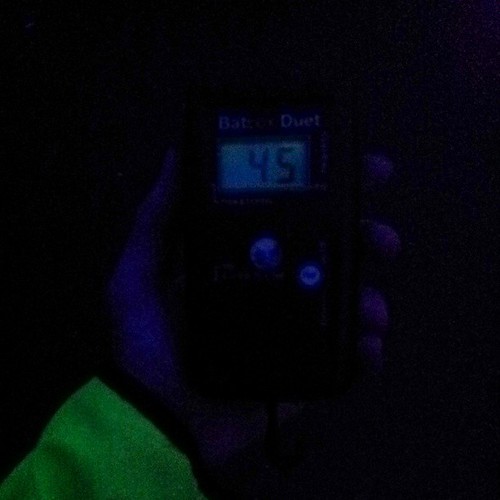
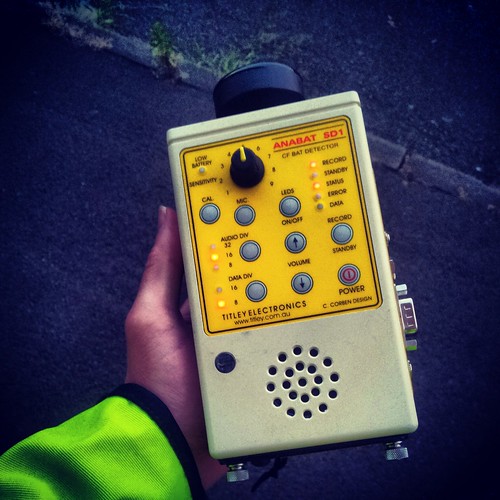

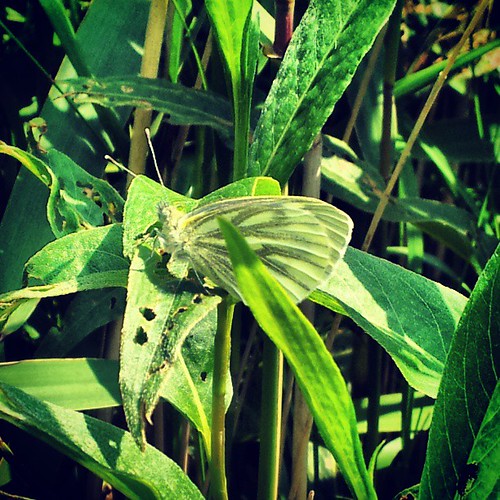
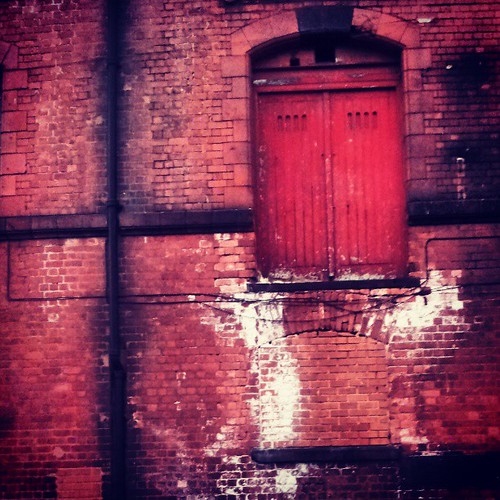
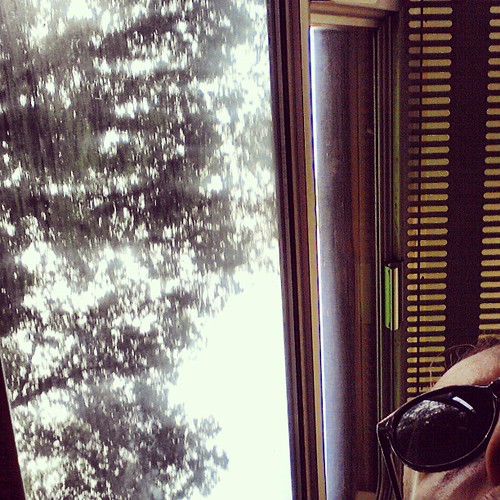
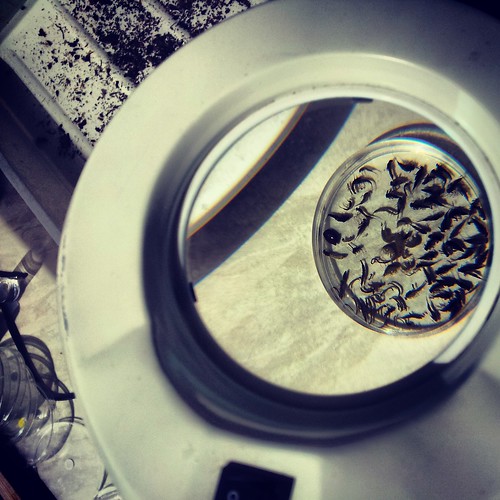



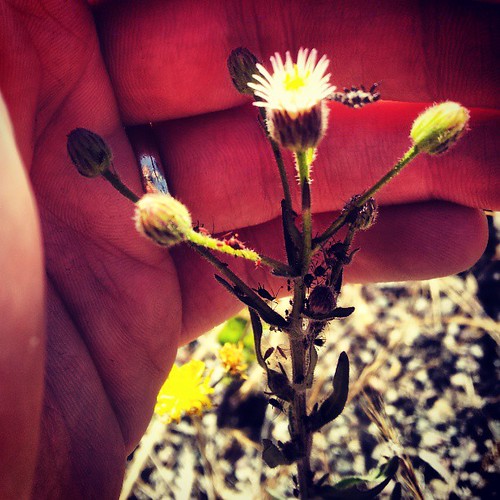
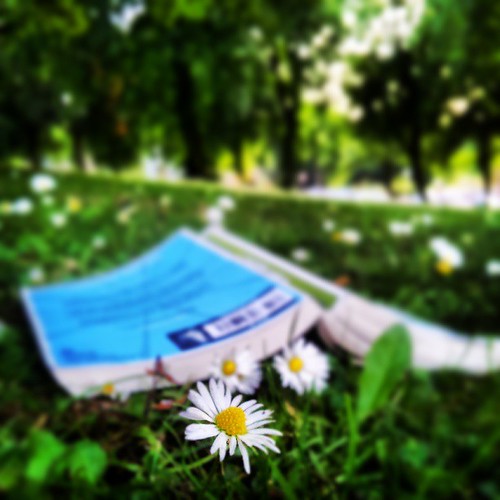
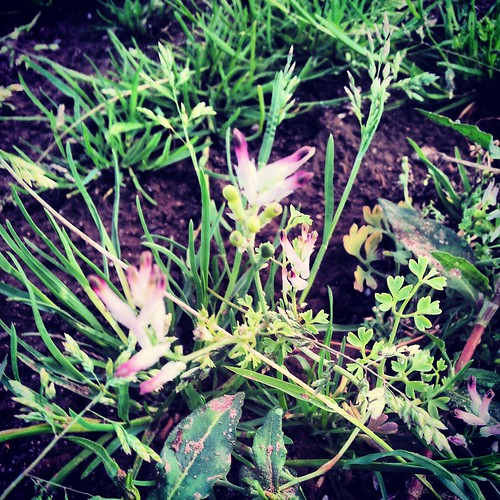
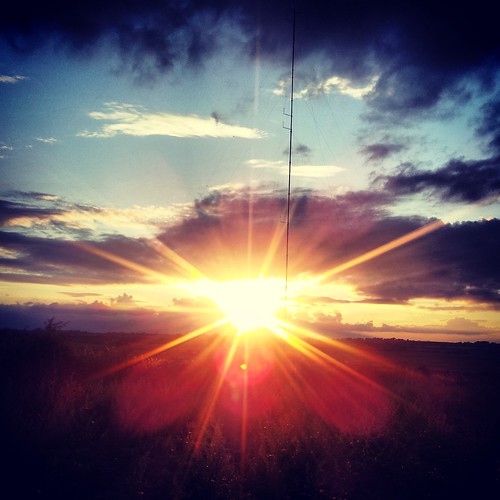
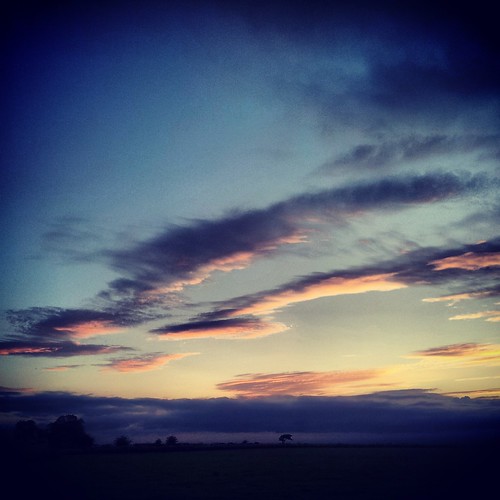
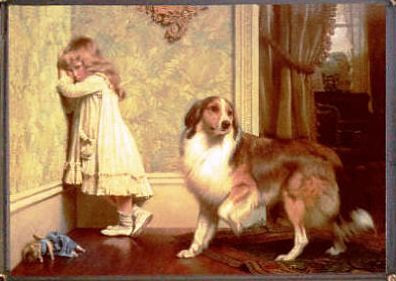

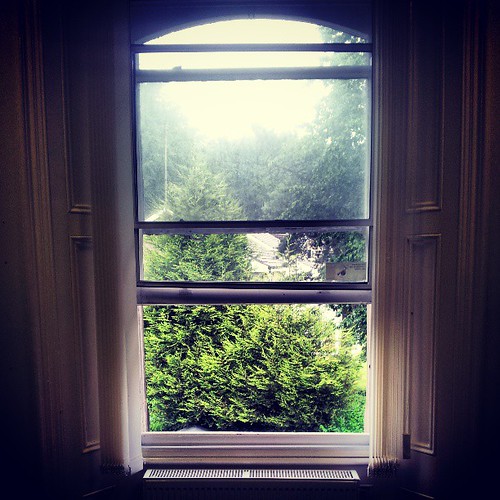
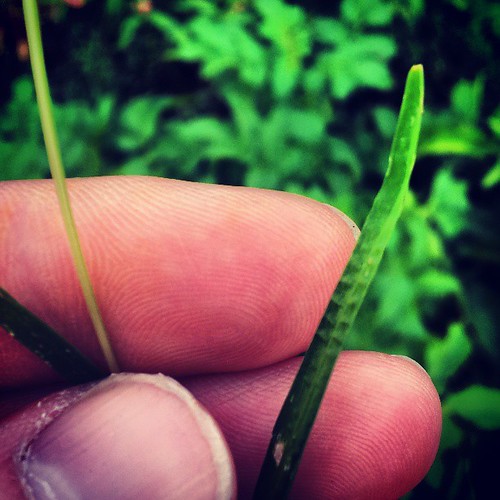
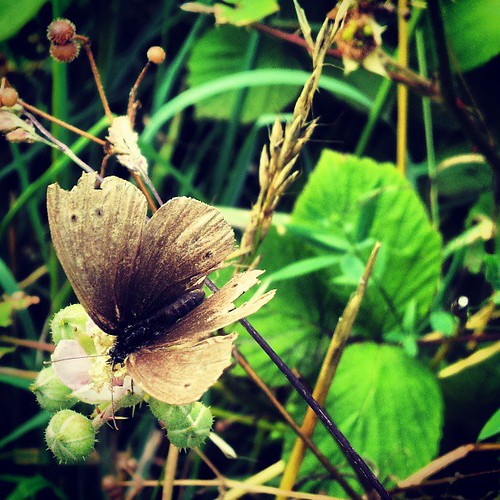
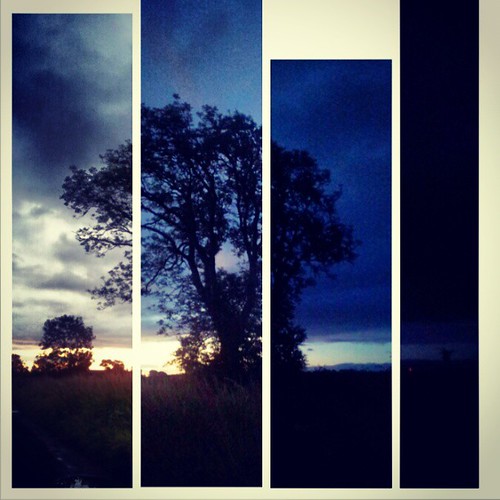
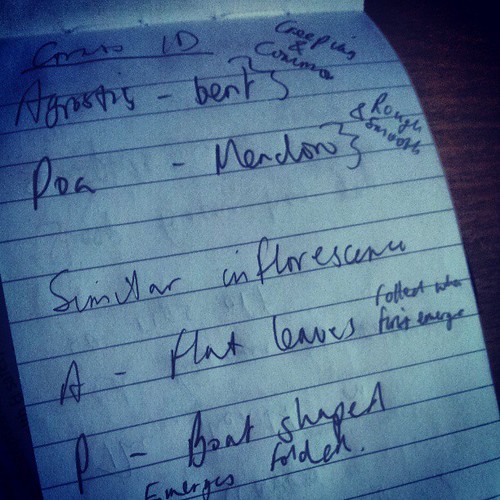
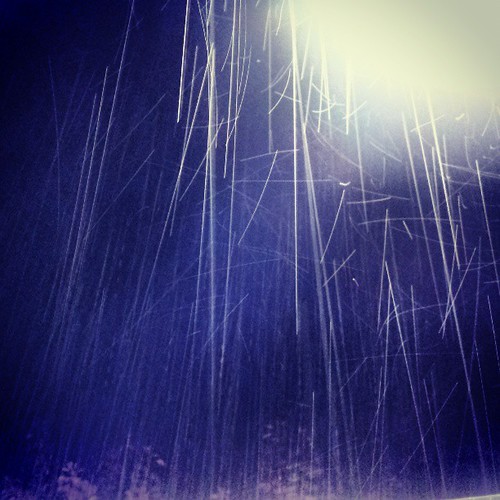
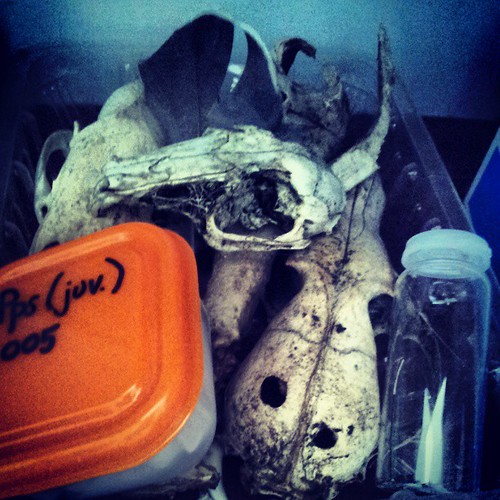
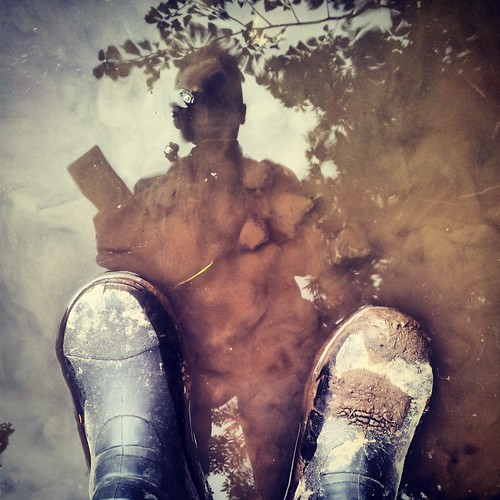
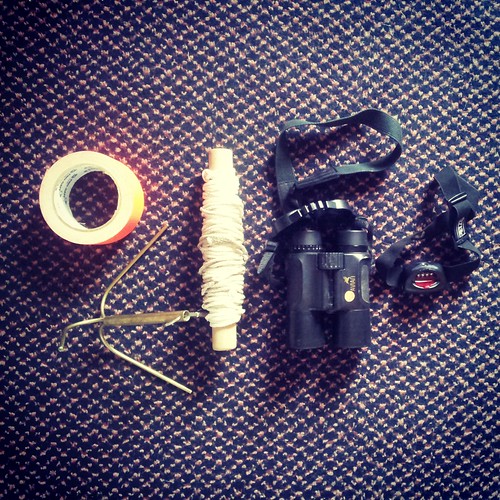
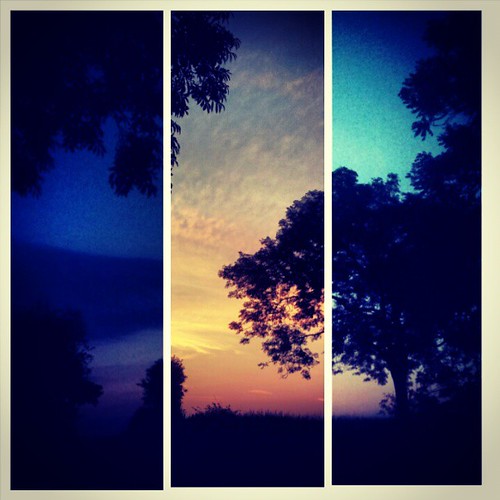
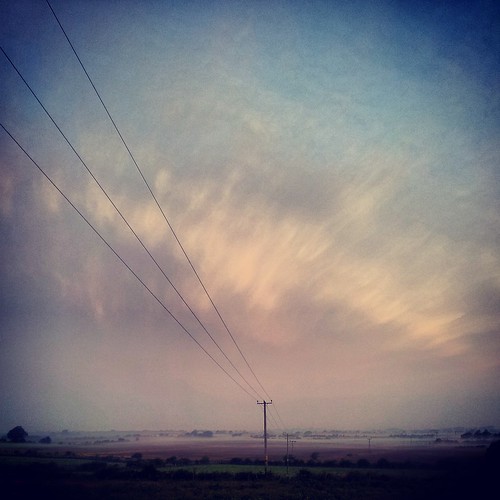


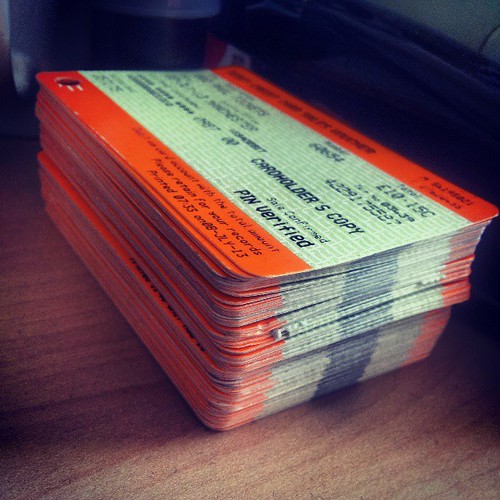
![2013-09-03 15.33.13[1]](https://farm6.staticflickr.com/5492/9772161692_ae22f72b88.jpg)

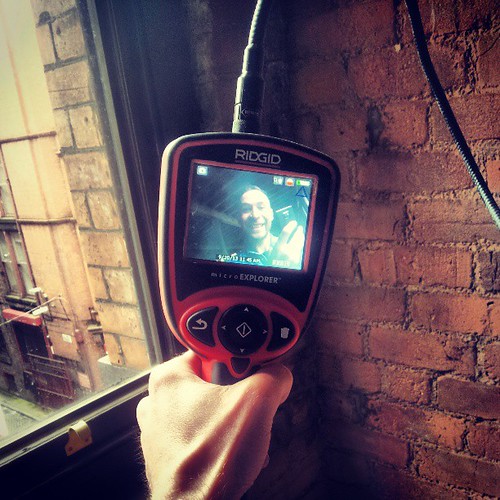
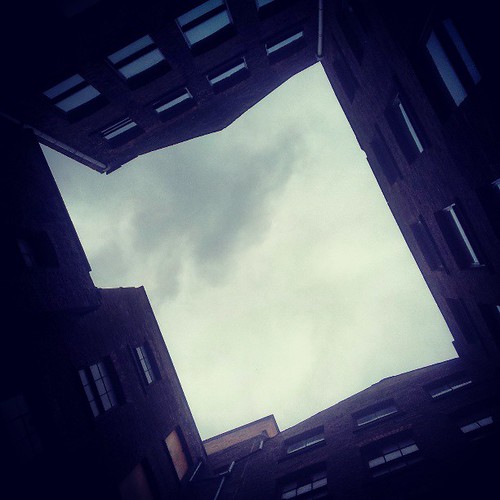
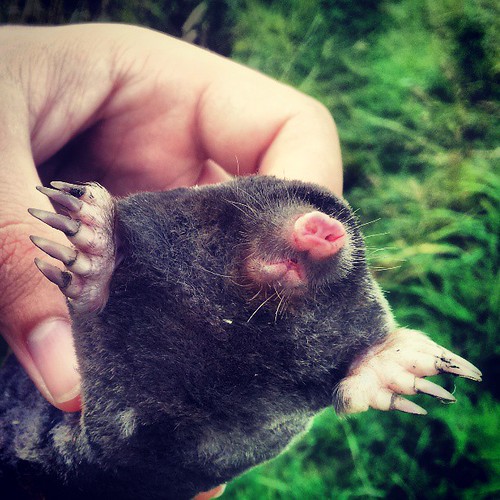

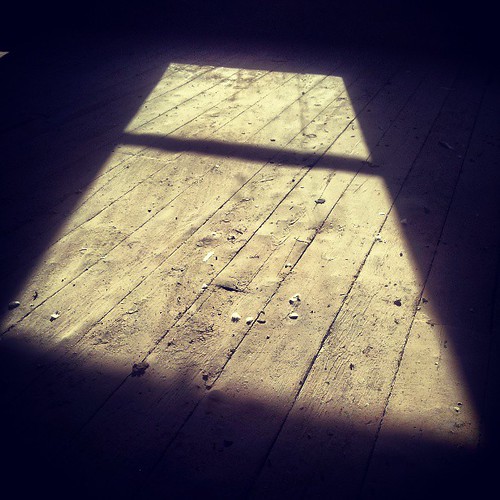


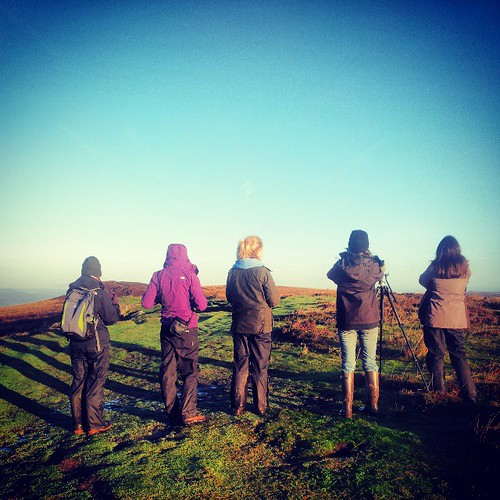


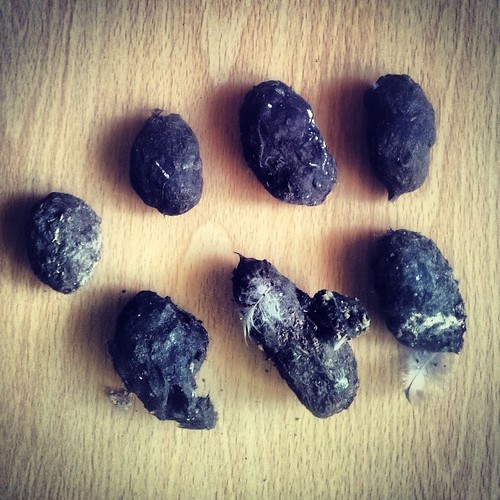
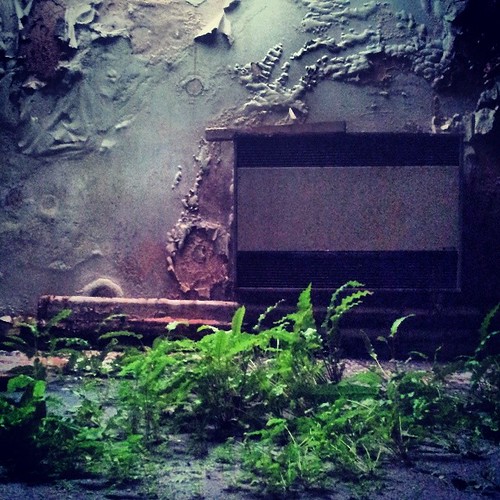
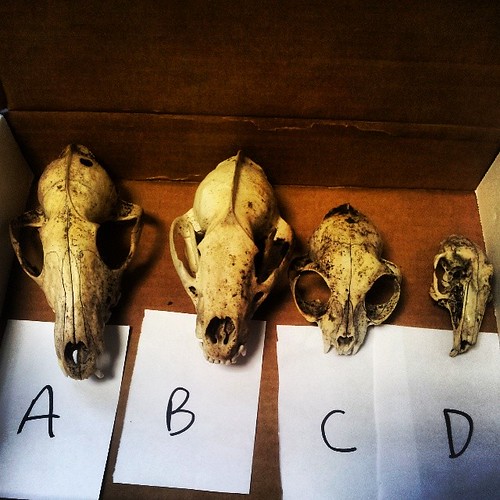

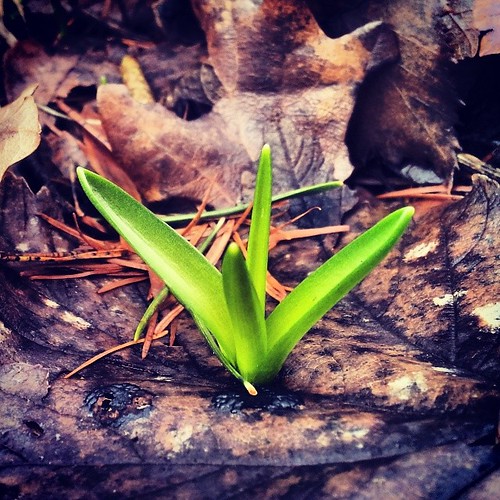
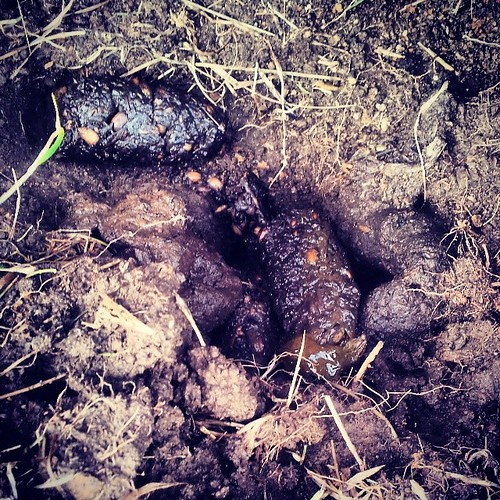

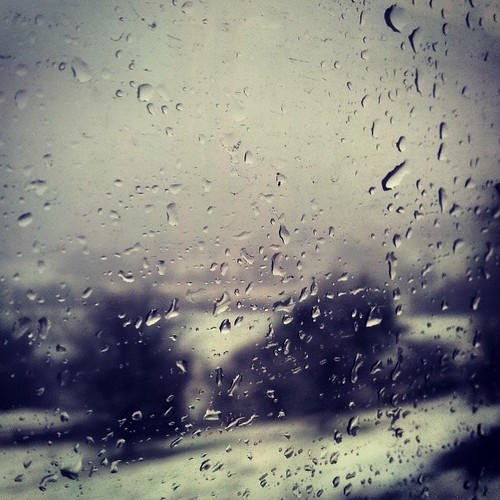
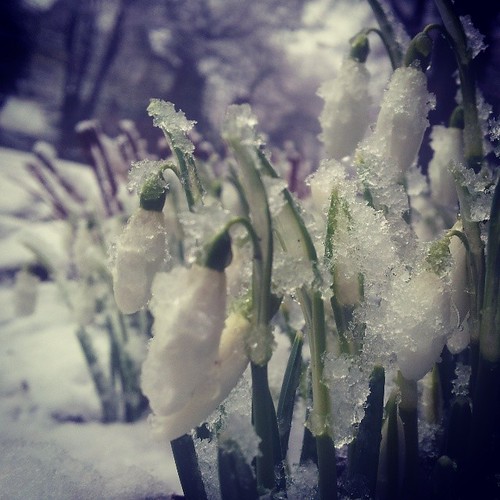
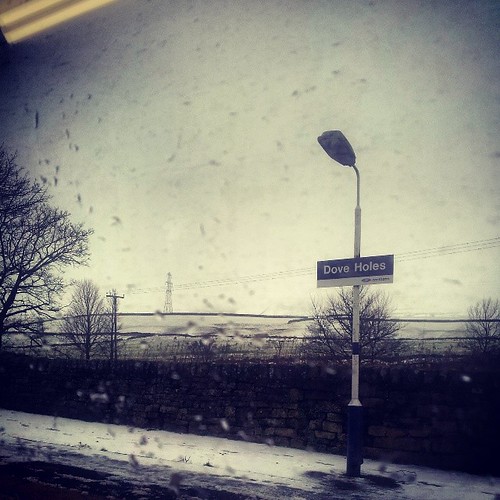
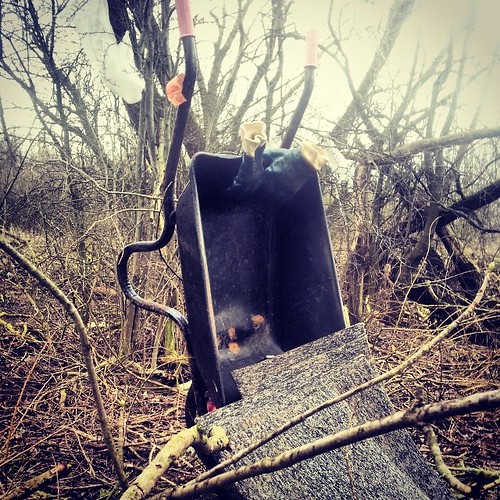
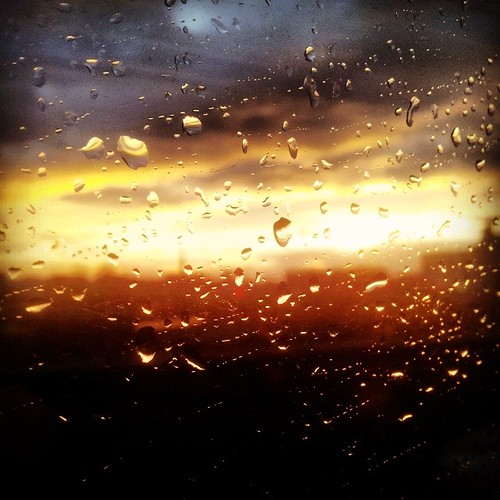

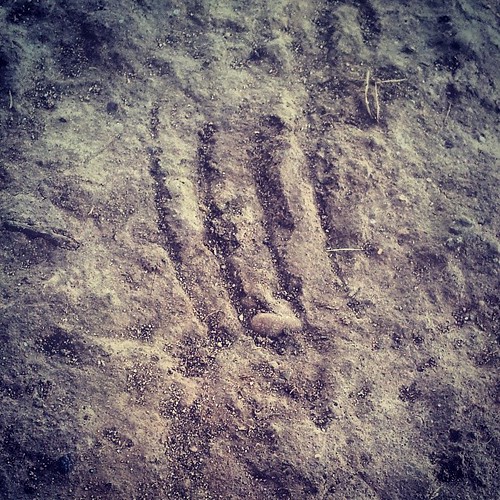
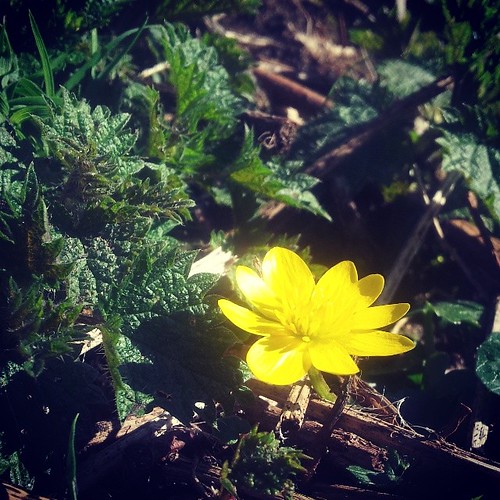

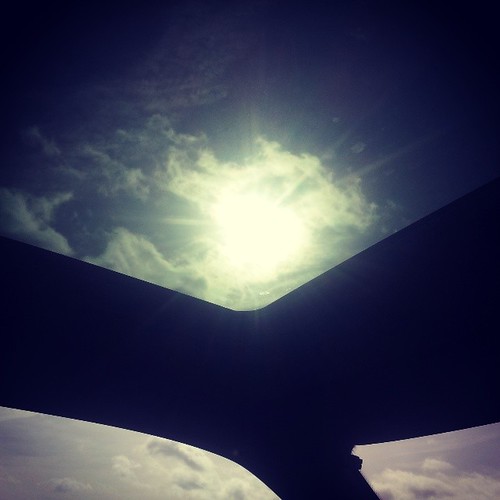


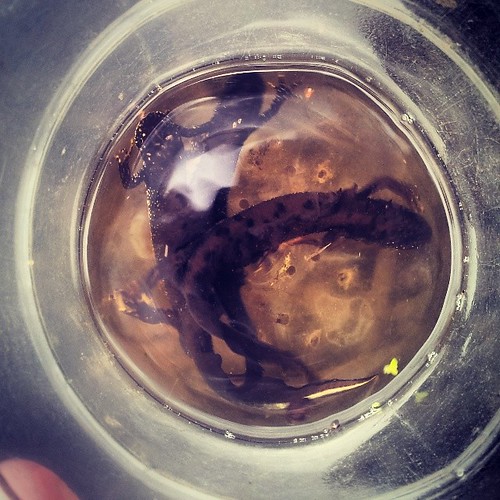
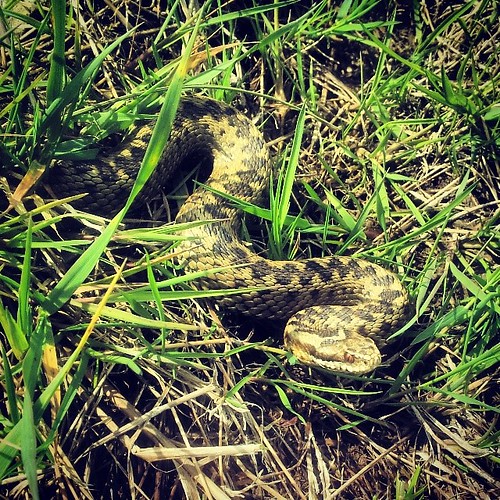
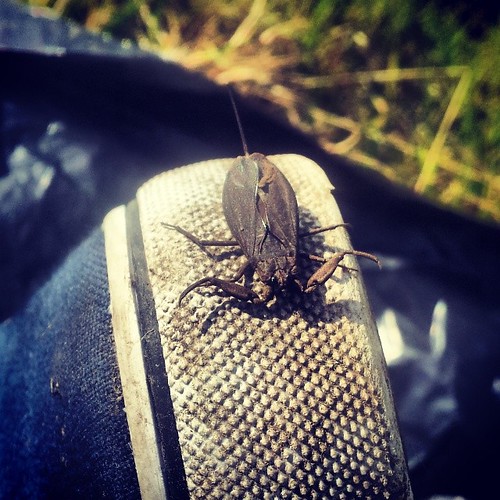
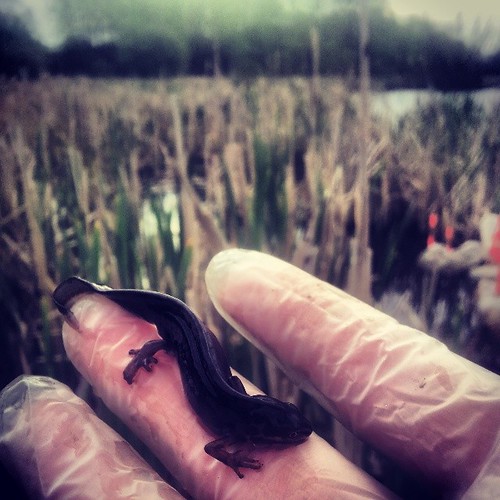
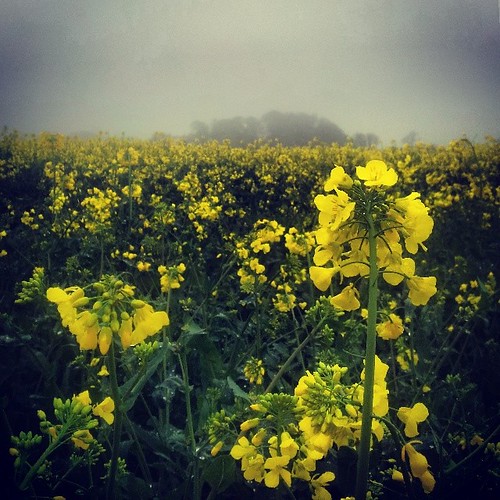
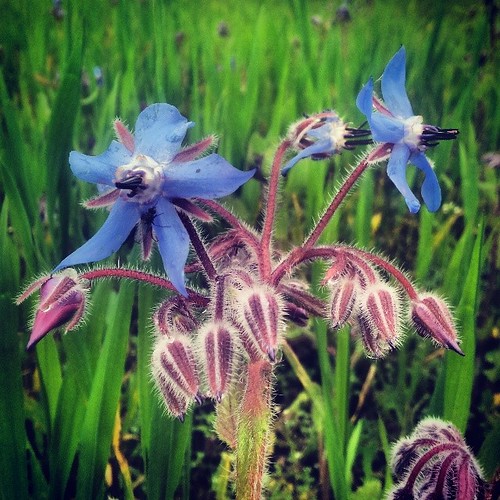

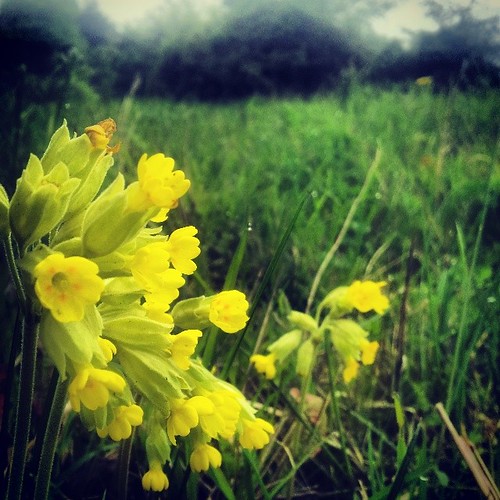
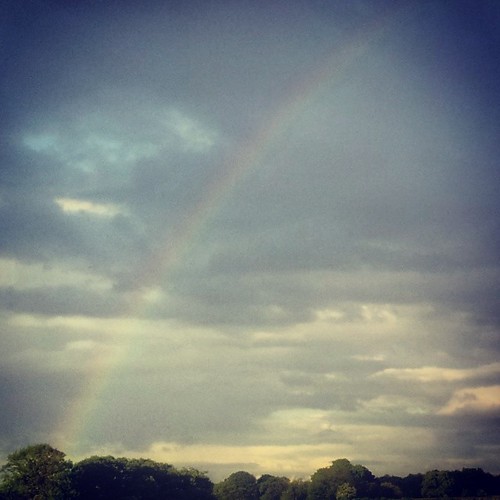
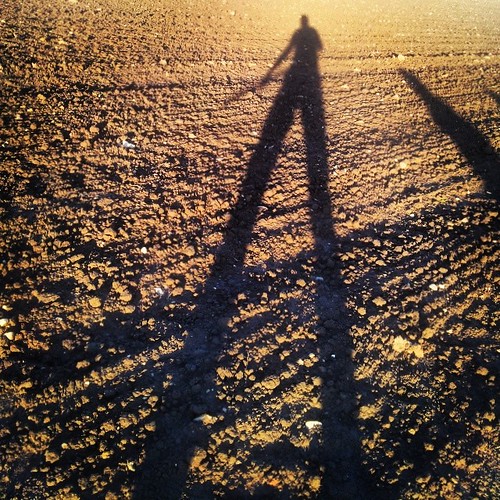
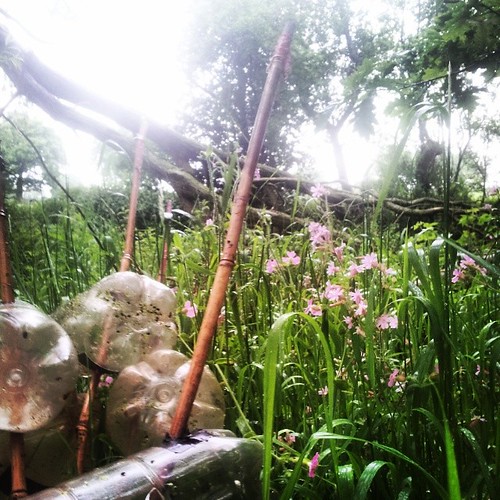
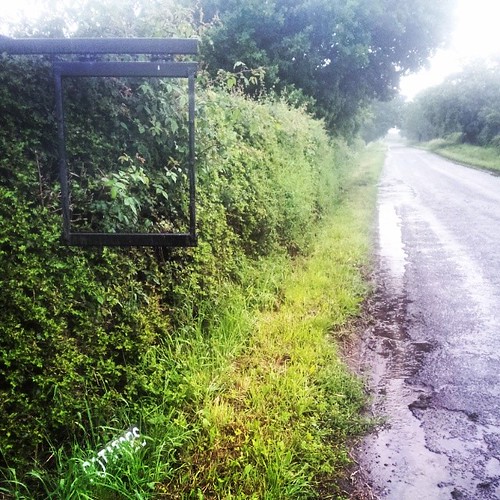
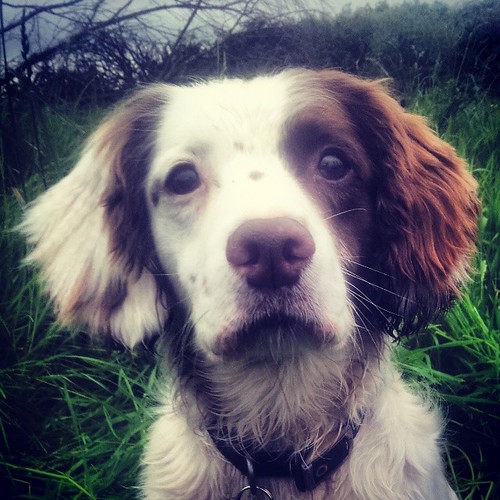




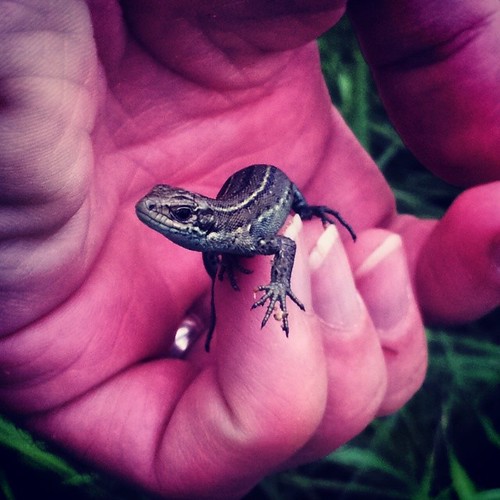
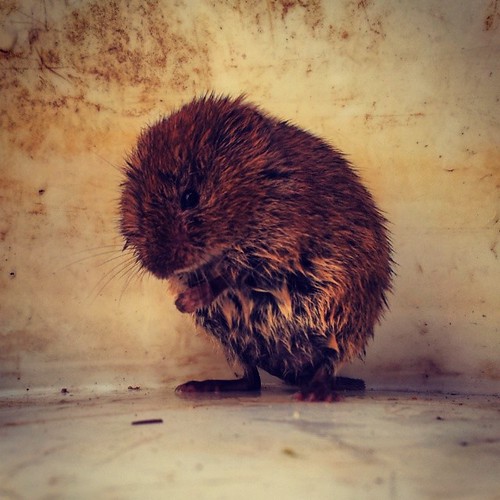


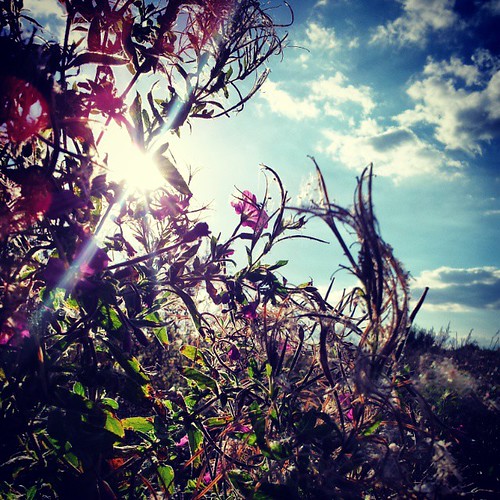
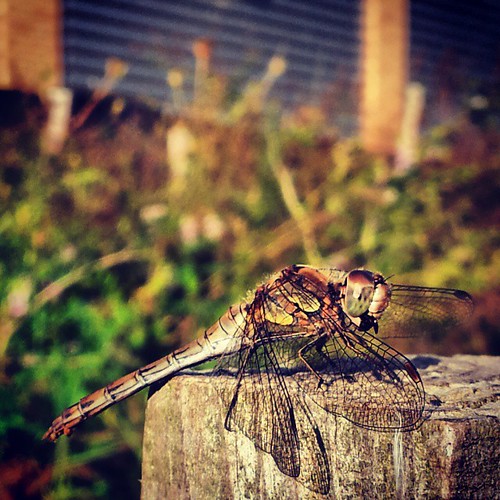
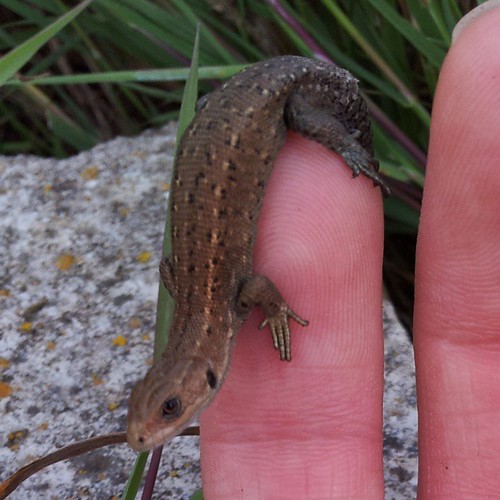
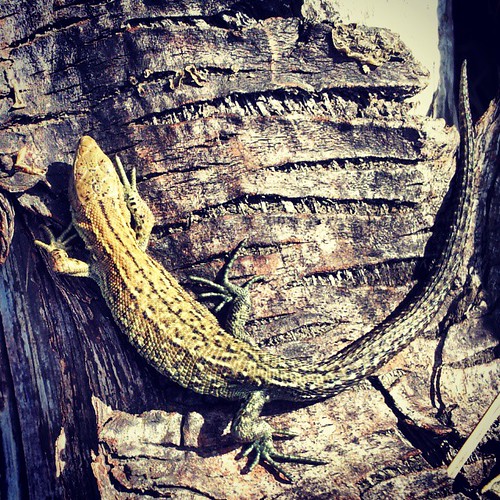
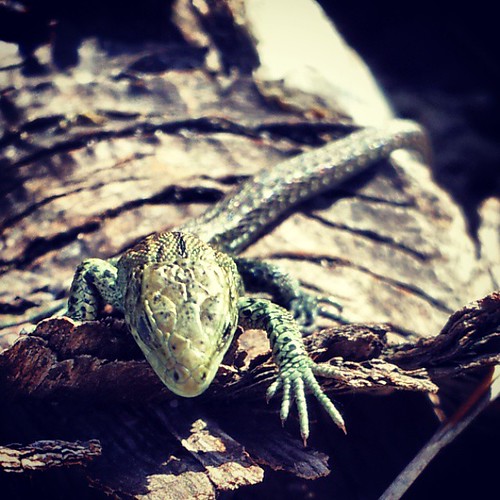

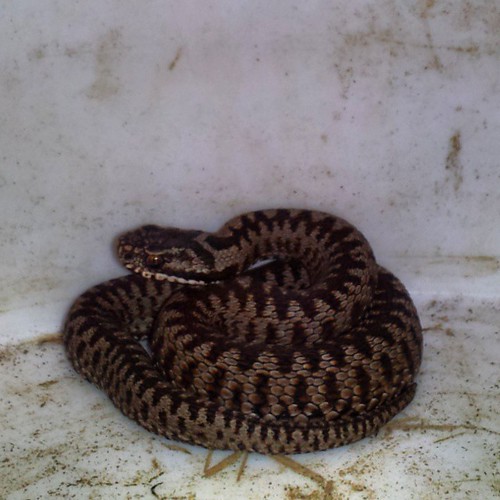
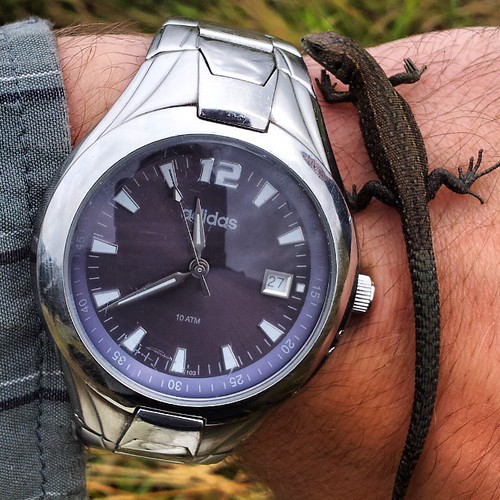
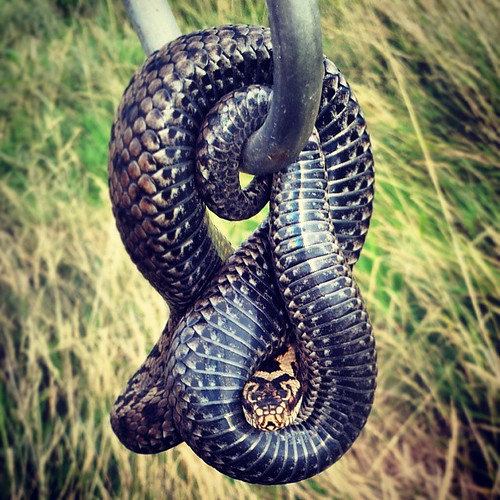
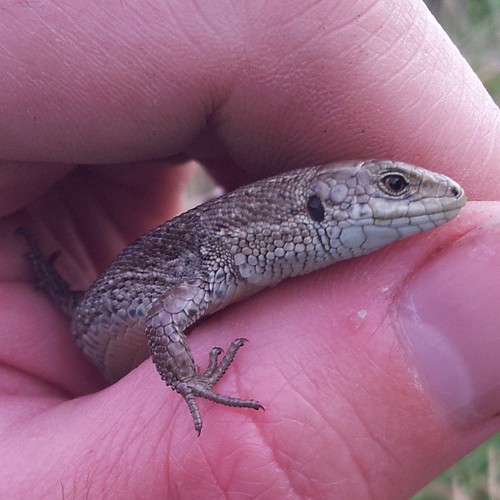
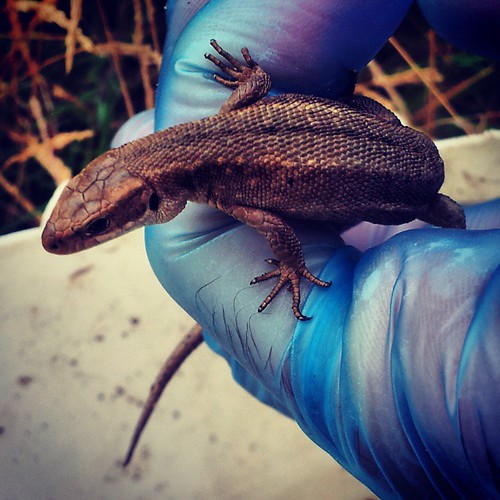
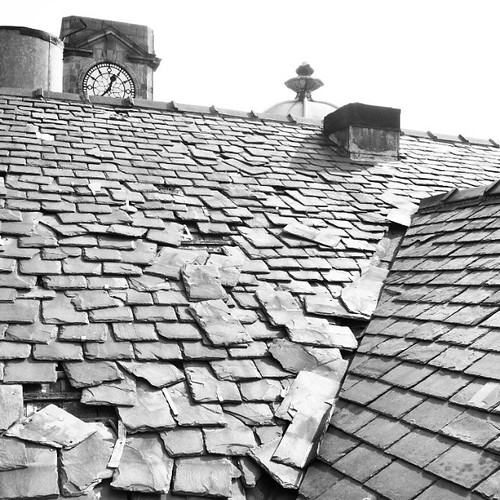
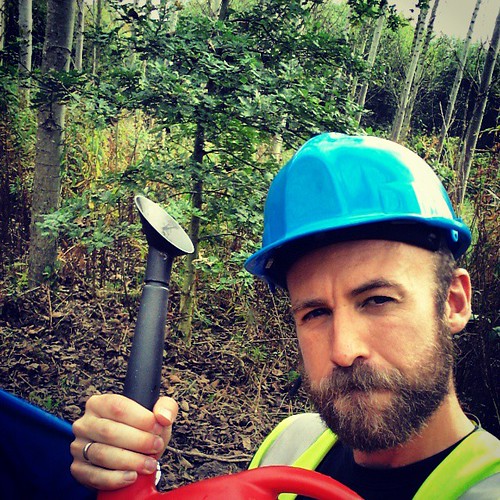
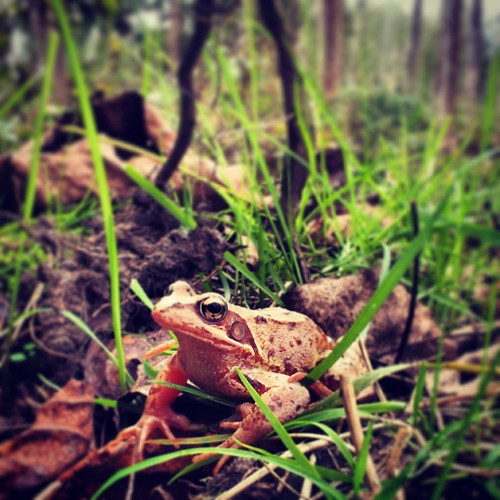
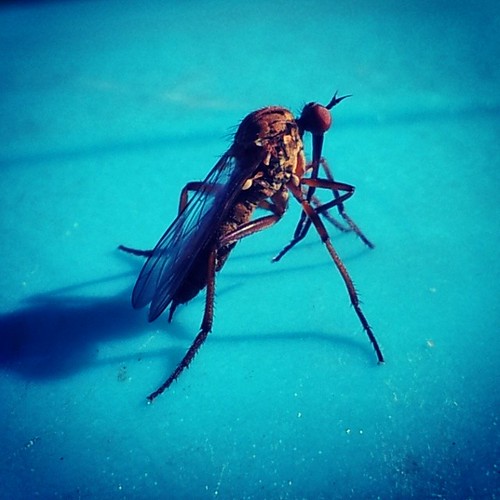
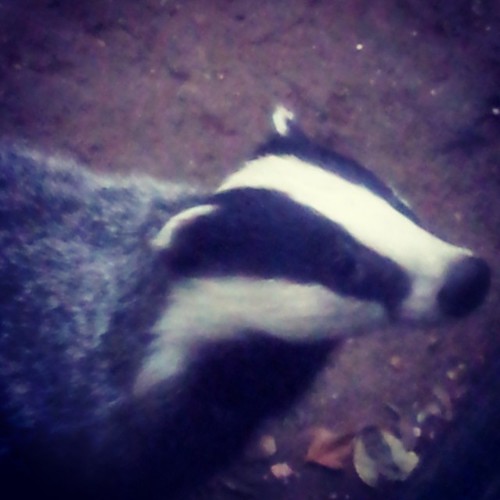
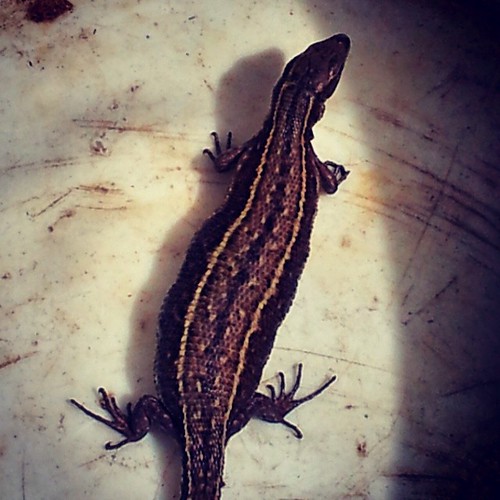
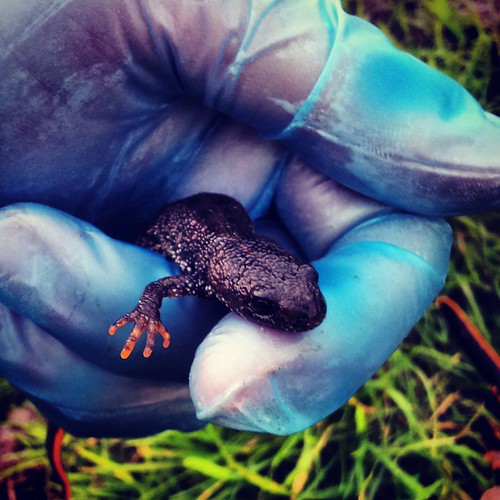
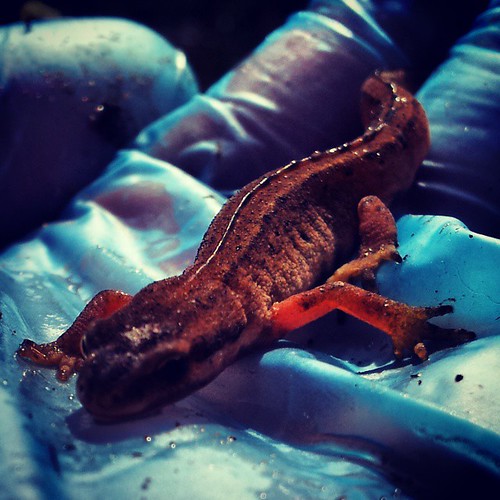

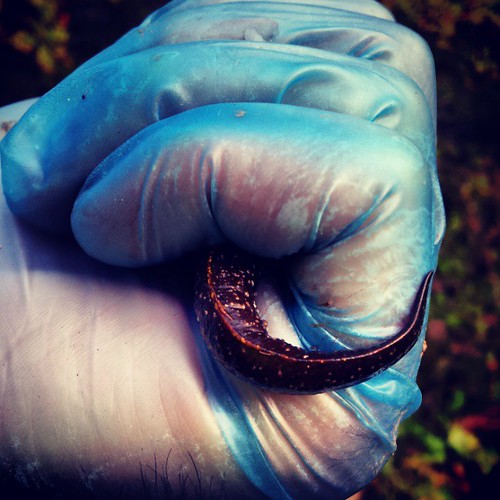
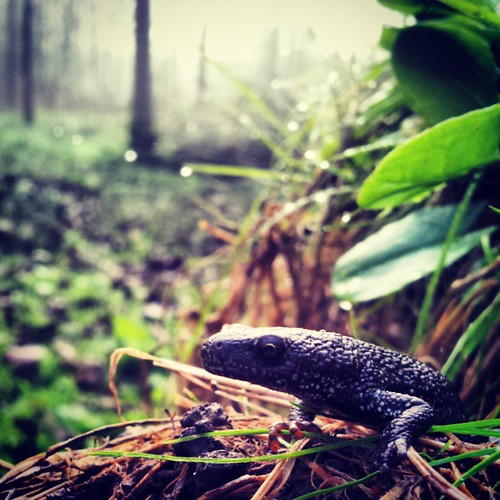
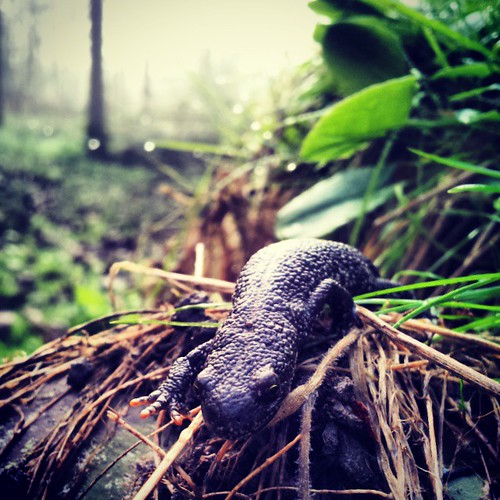
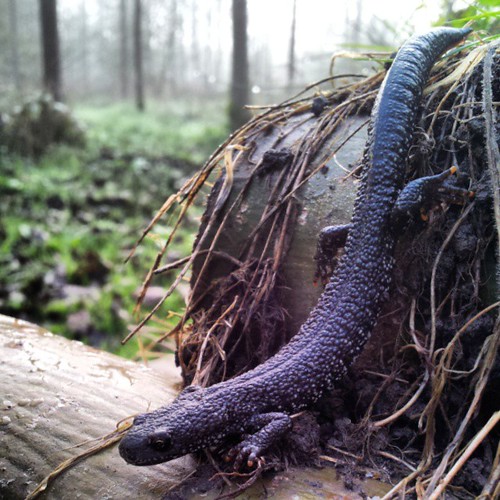
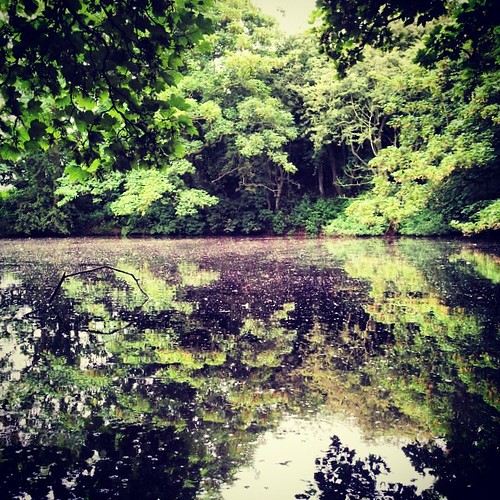
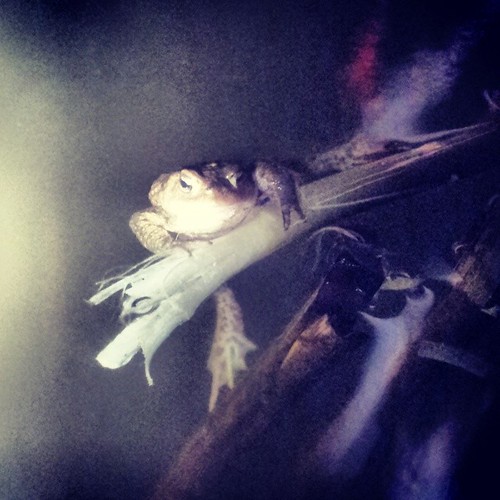
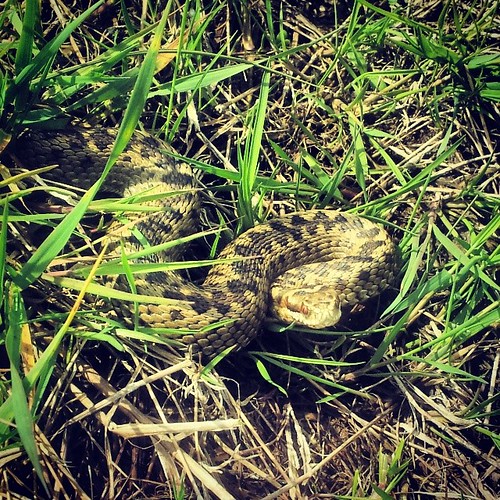

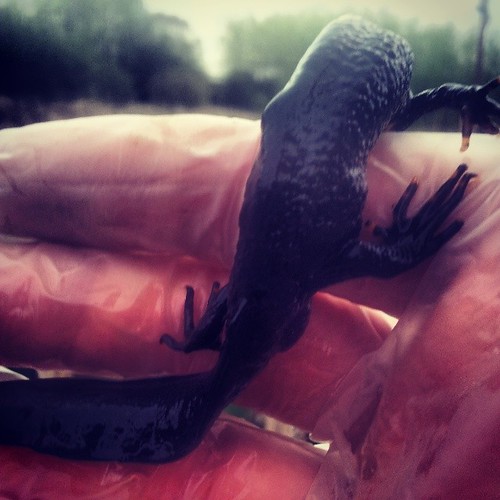

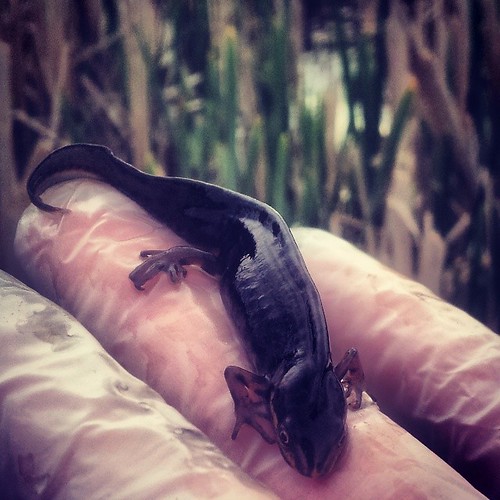

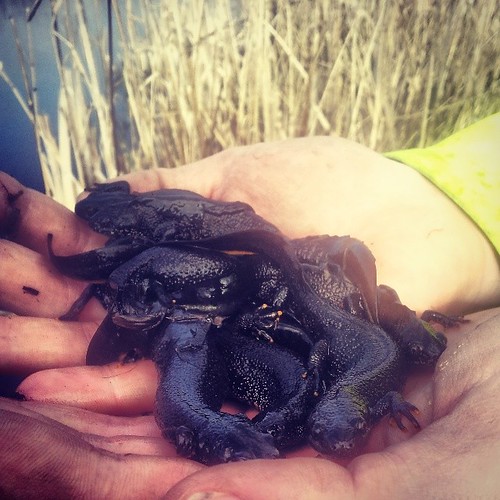
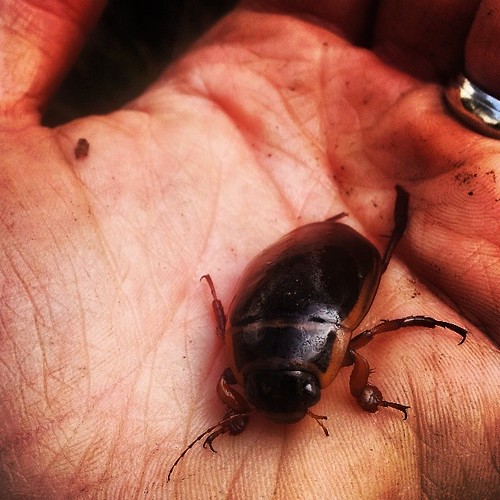

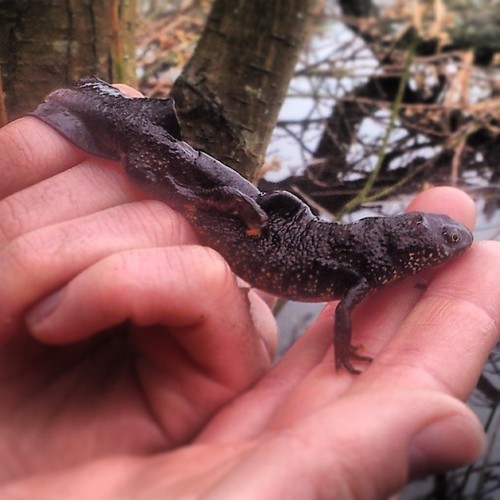
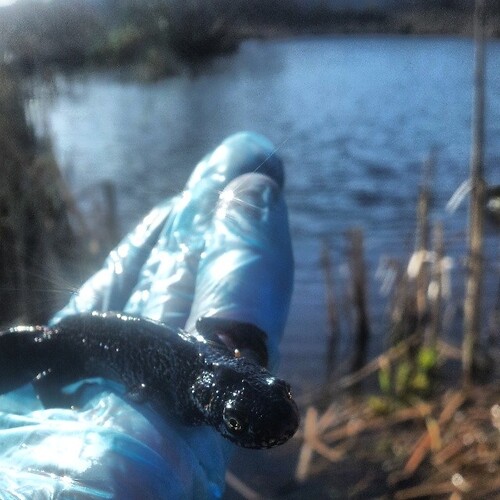


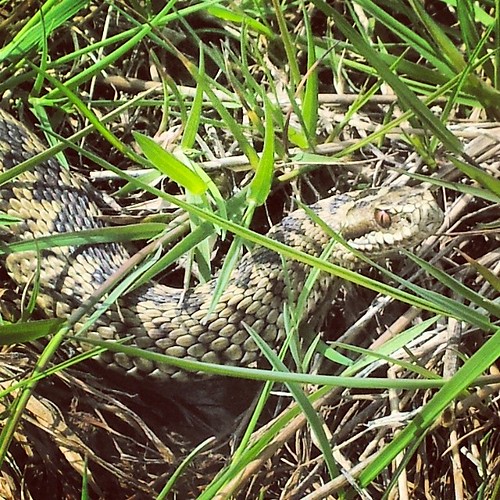
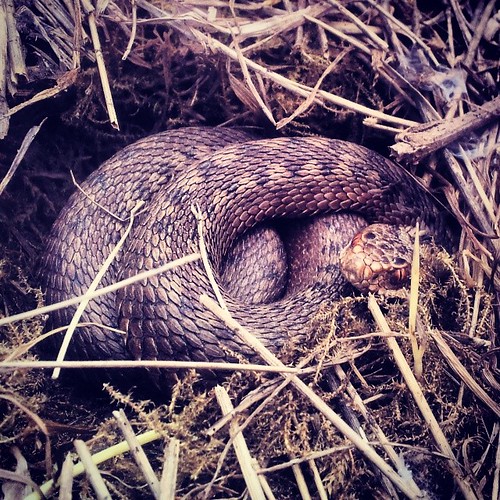

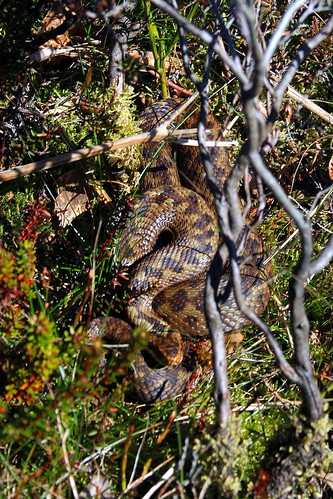
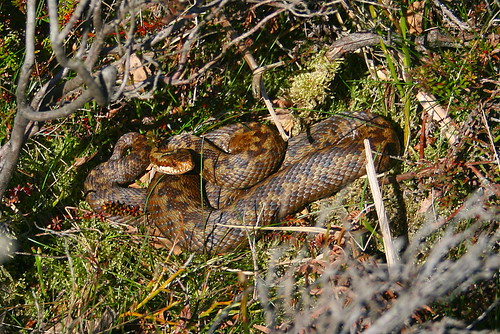
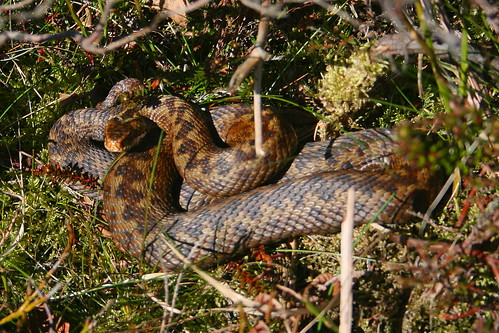













![2013-09-03 17.00.42[1]](https://i0.wp.com/farm4.staticflickr.com/3833/9772121652_57c660362d.jpg)
![2013-09-03 17.00.20[1]](https://i0.wp.com/farm4.staticflickr.com/3791/9772390673_bfb1b19753.jpg)
![2013-09-03 11.49.57[1]](https://i0.wp.com/farm4.staticflickr.com/3800/9772229421_23c31ed0ca.jpg)
![2013-09-03 16.30.49[1]](https://i0.wp.com/farm8.staticflickr.com/7366/9772115161_69d3264443.jpg)
![2013-09-03 11.55.46[1]](https://i0.wp.com/farm8.staticflickr.com/7296/9772441226_30e34cdc53.jpg)
![2013-09-03 13.54.41[1]](https://i0.wp.com/farm3.staticflickr.com/2874/9772401785_efd4917aa5.jpg)



![2013-09-03 12.37.54[1]](https://i0.wp.com/farm8.staticflickr.com/7330/9772419604_70295cdea5.jpg)

![2013-09-03 14.46.30[1]](https://i0.wp.com/farm8.staticflickr.com/7300/9772199192_19cc1237f3.jpg)


































